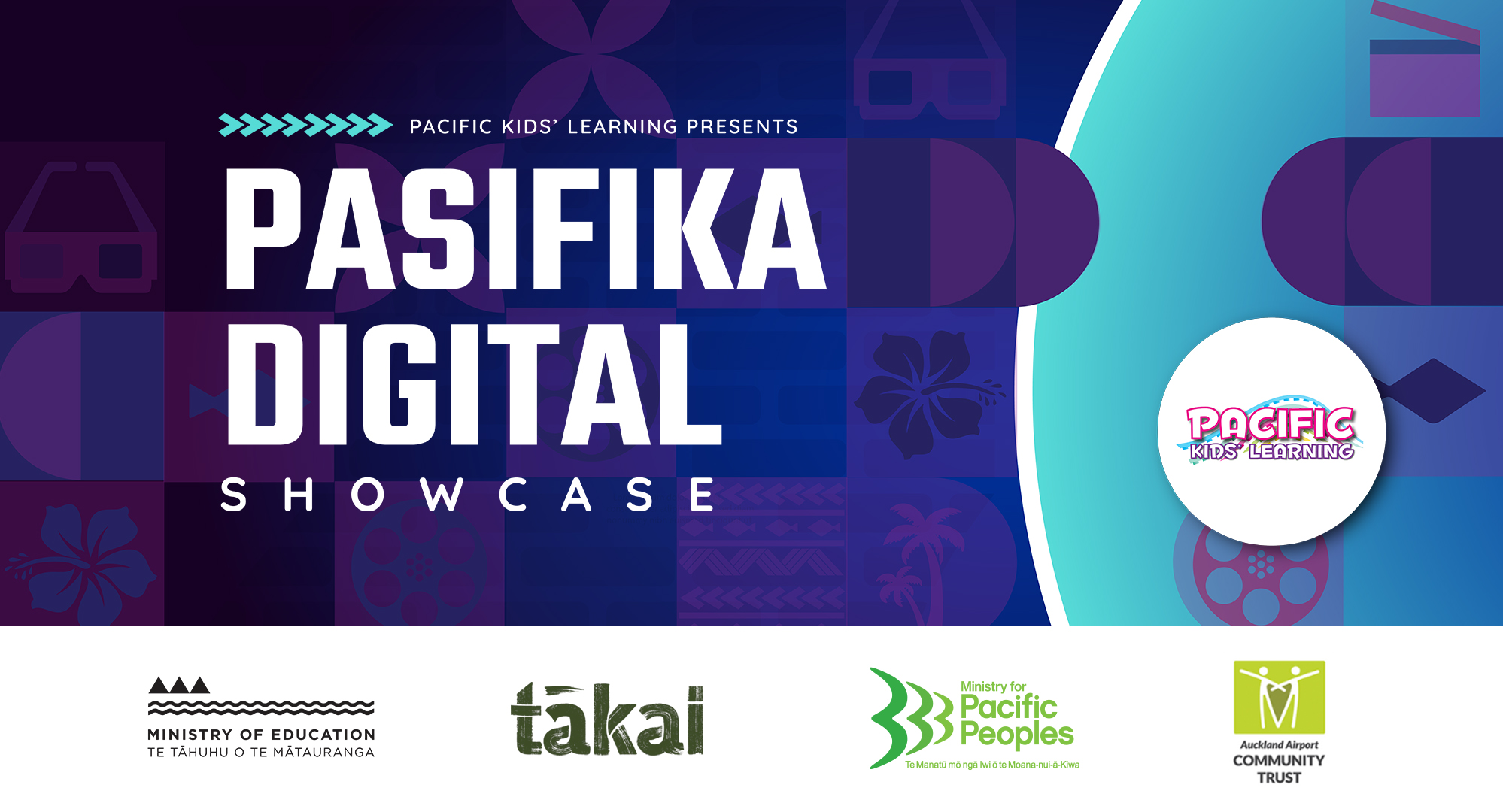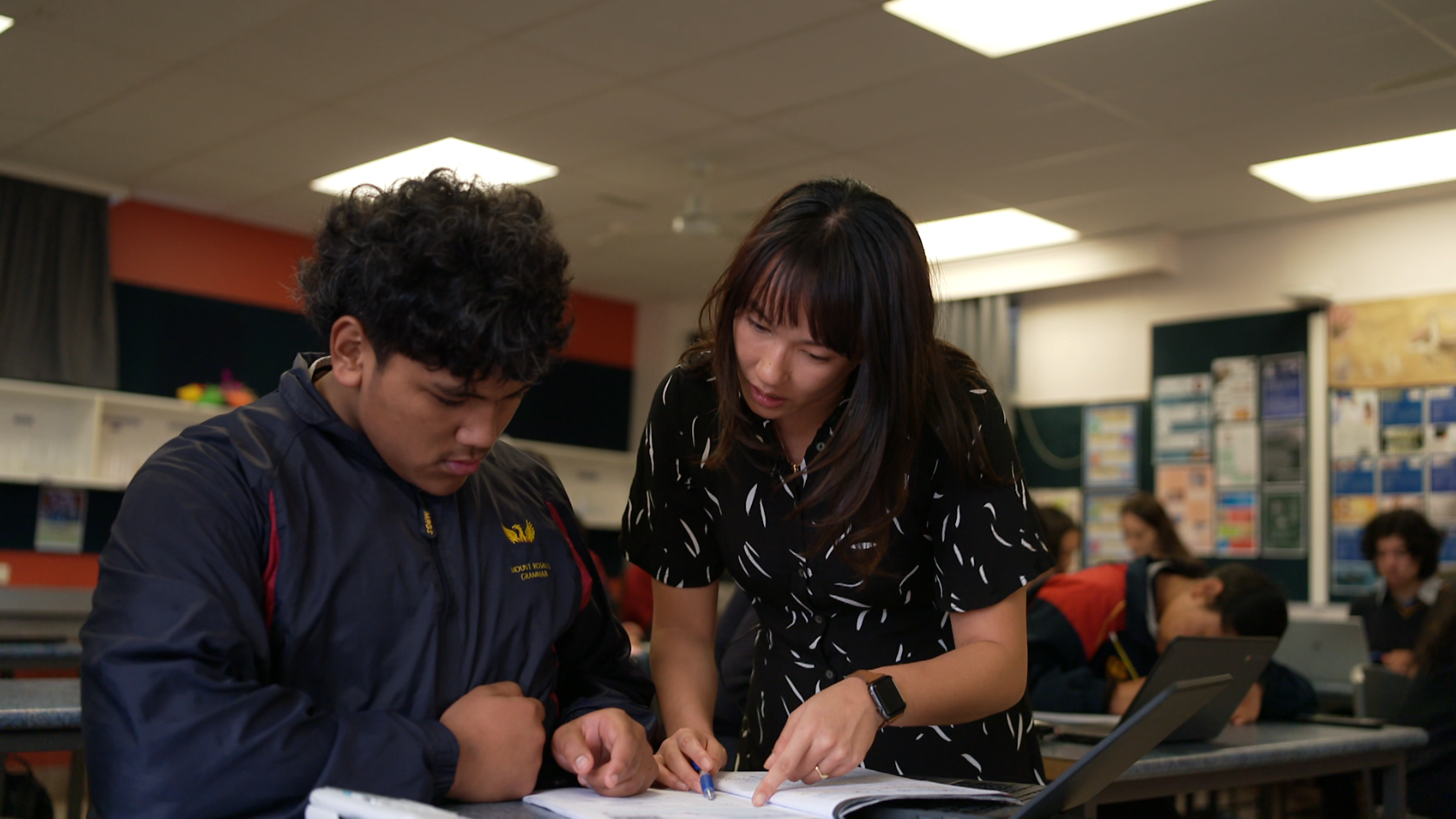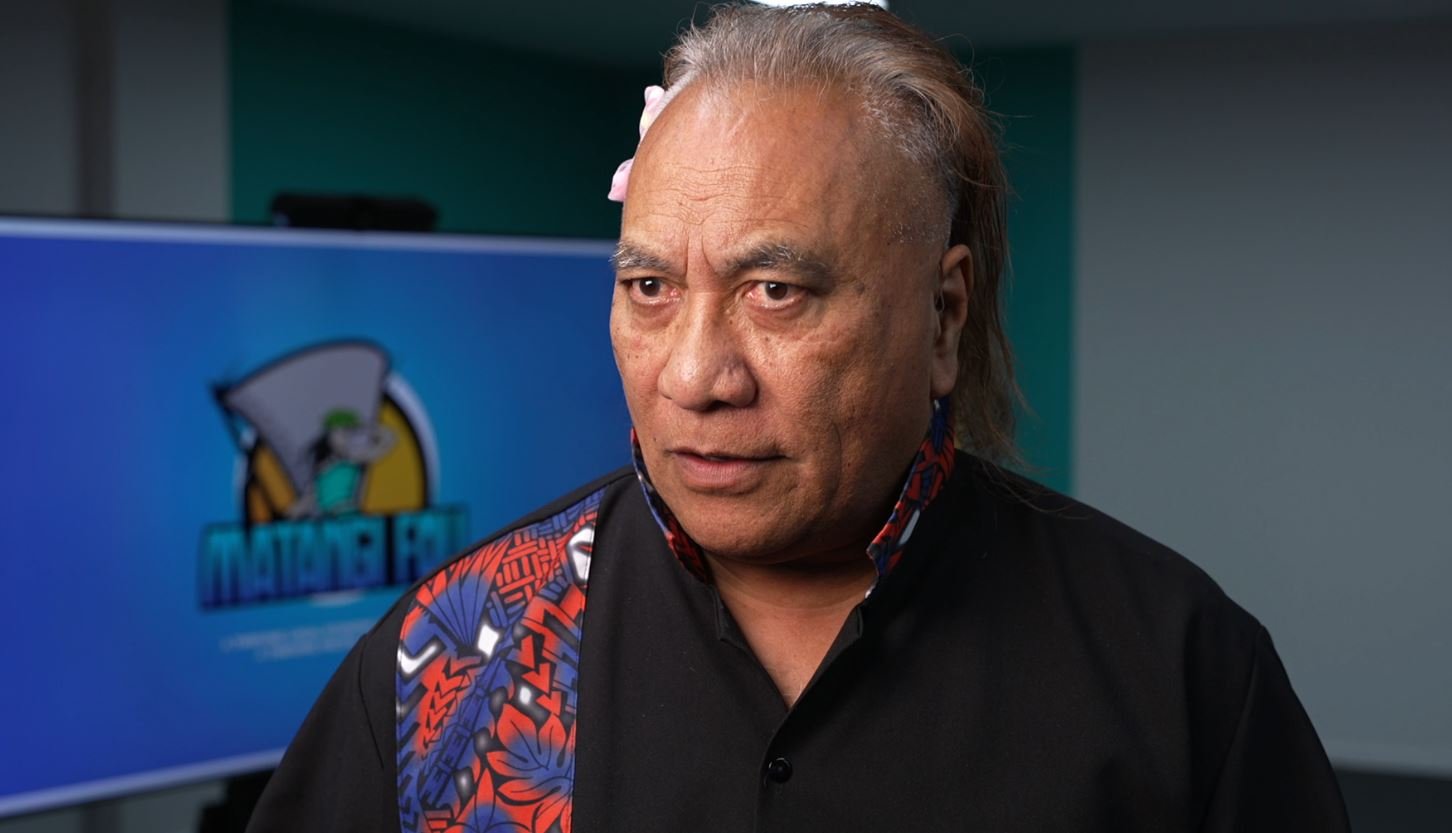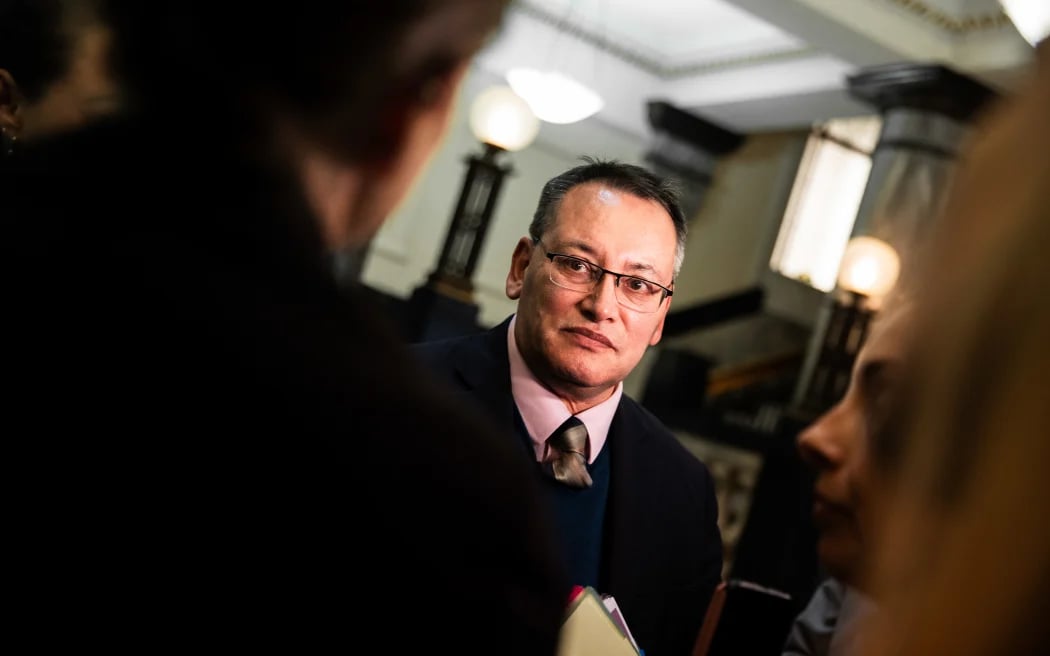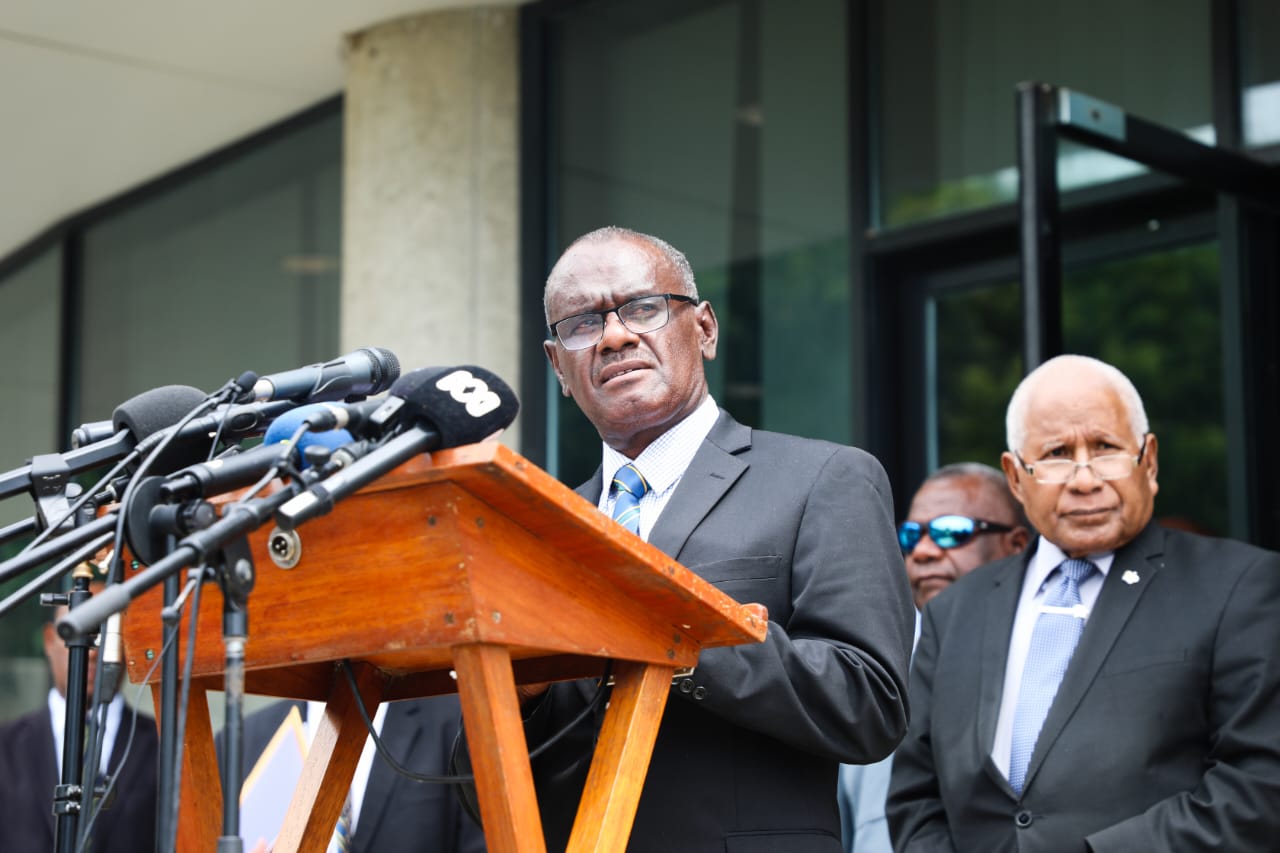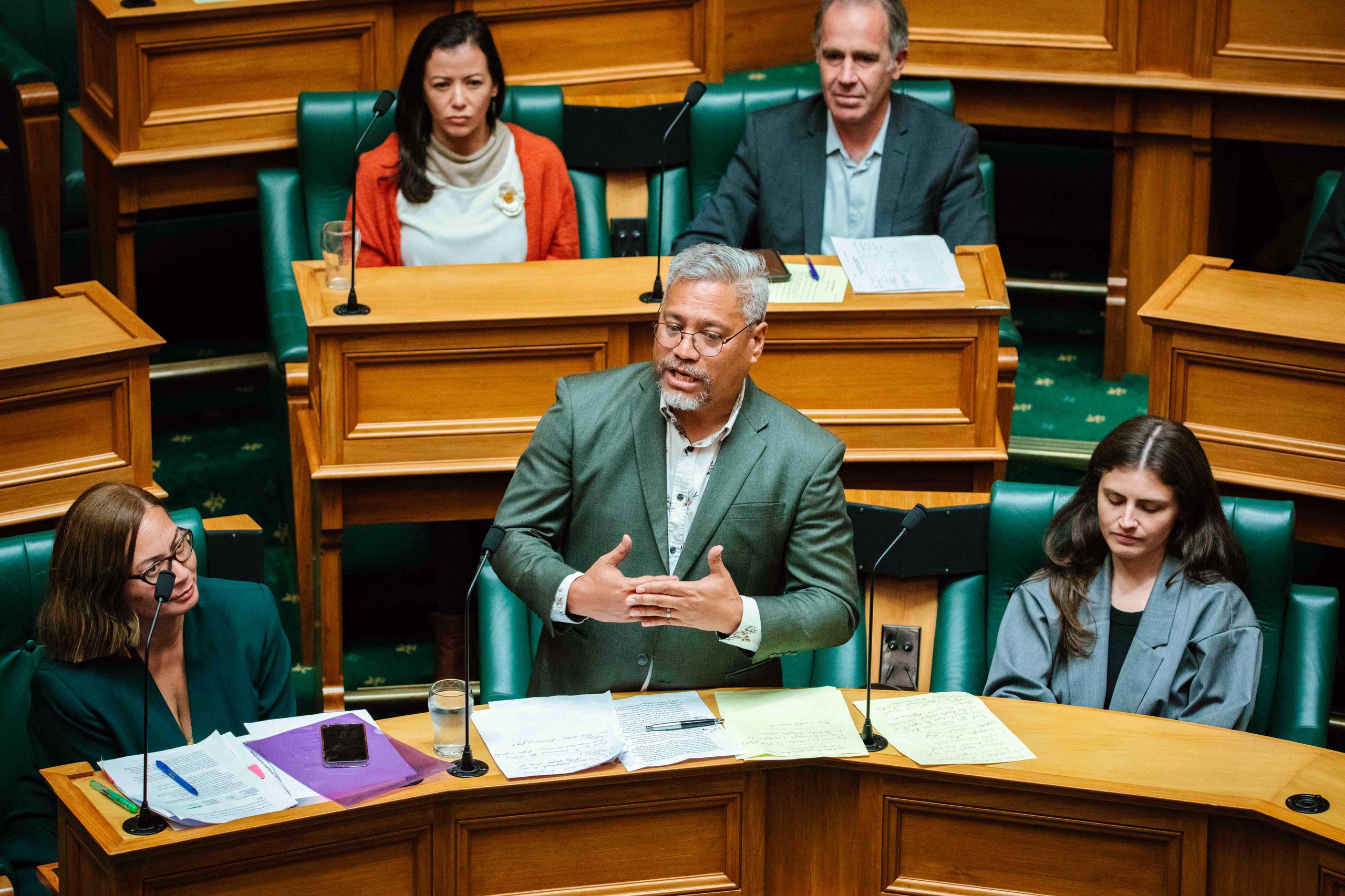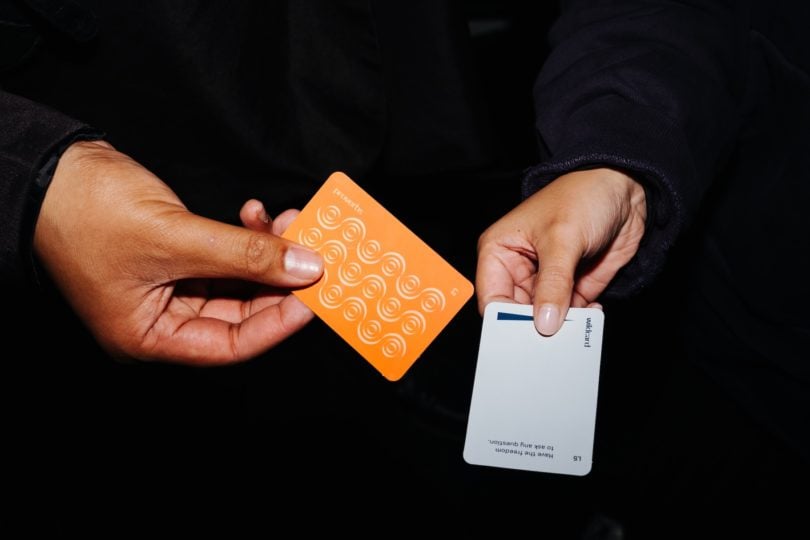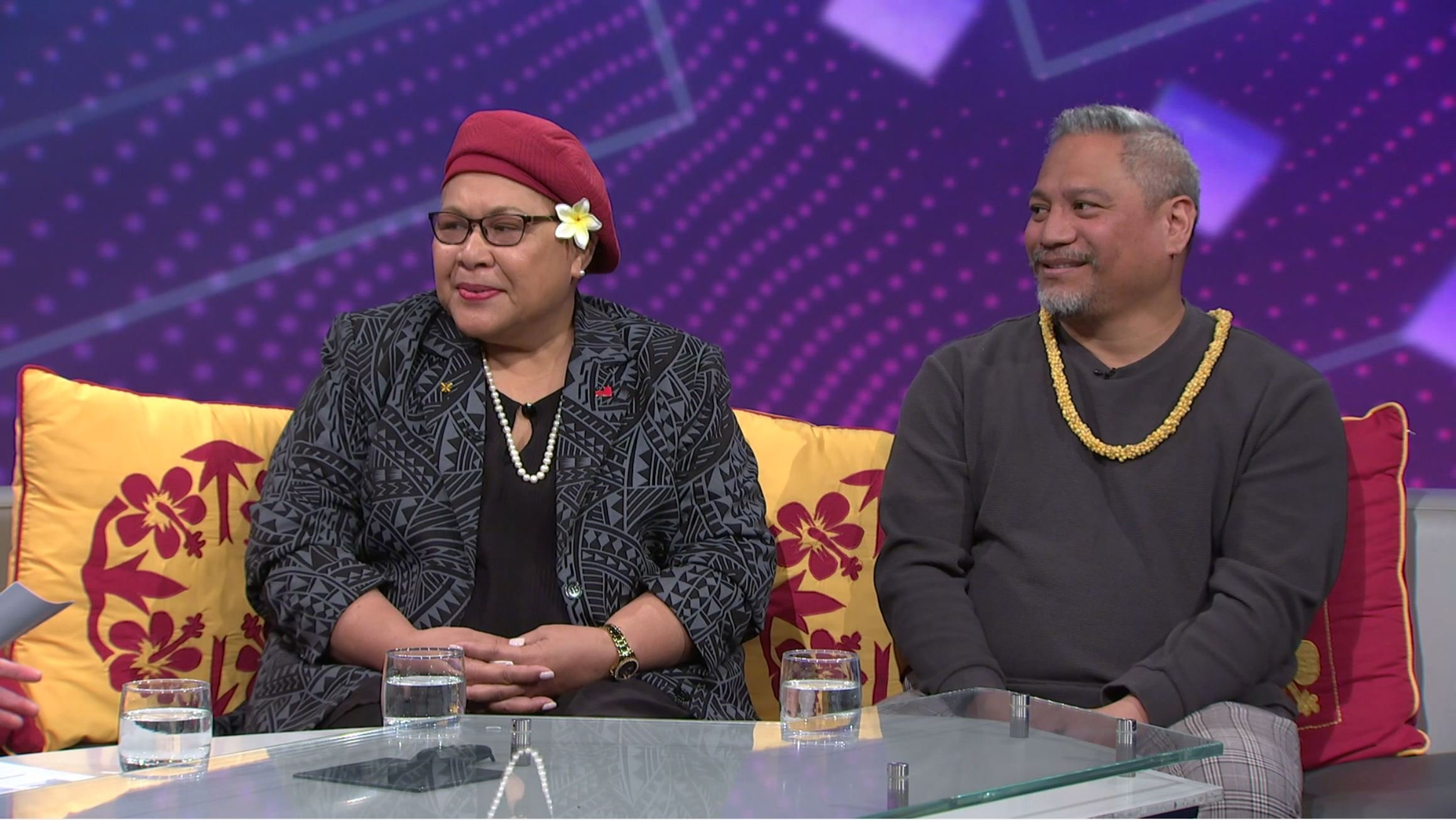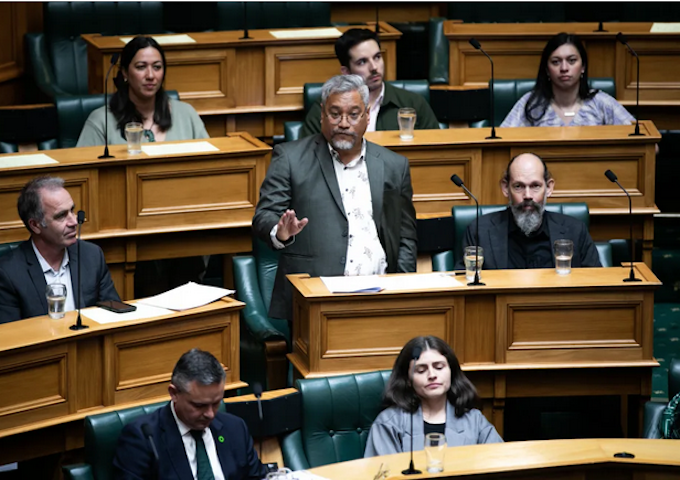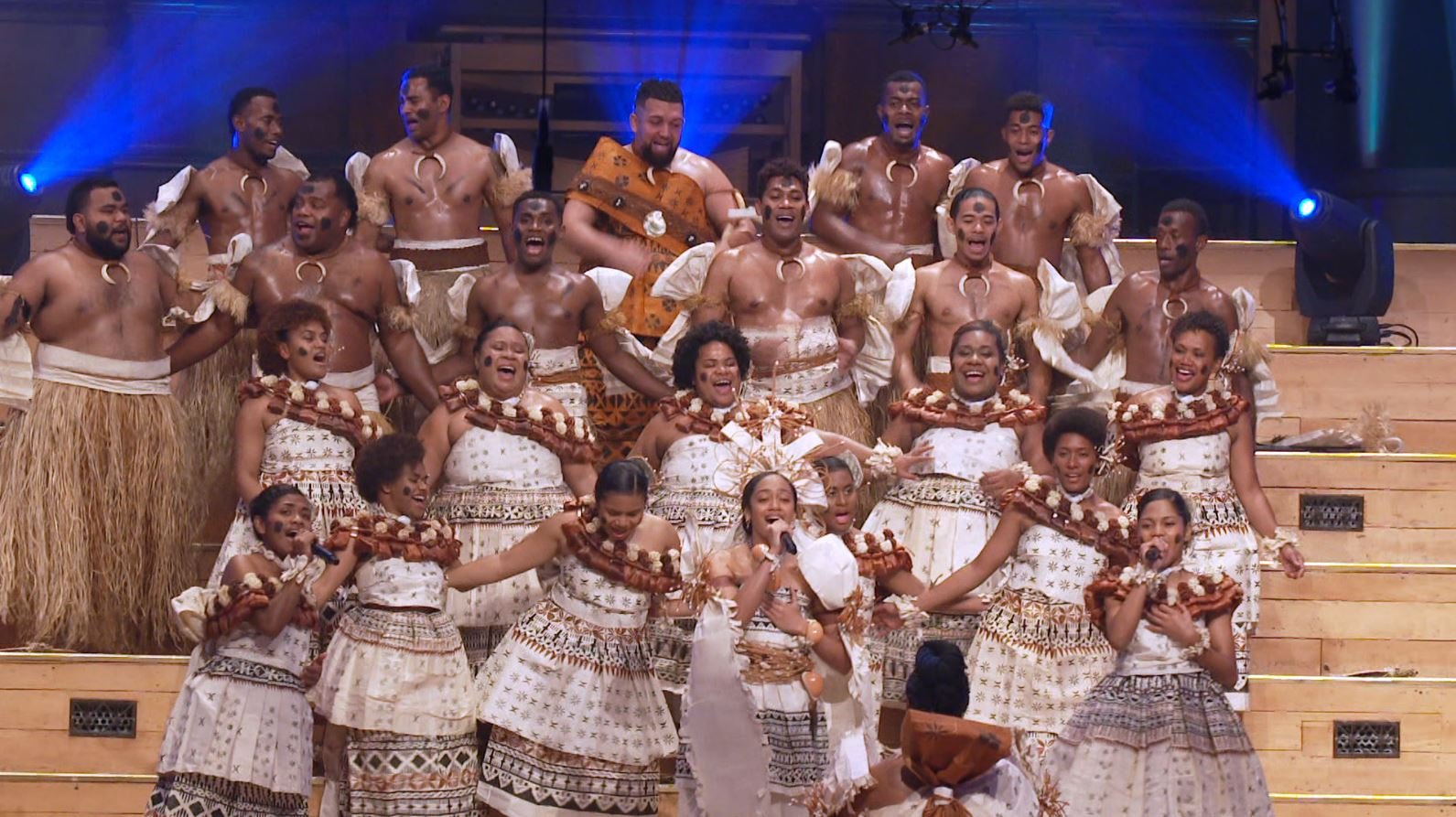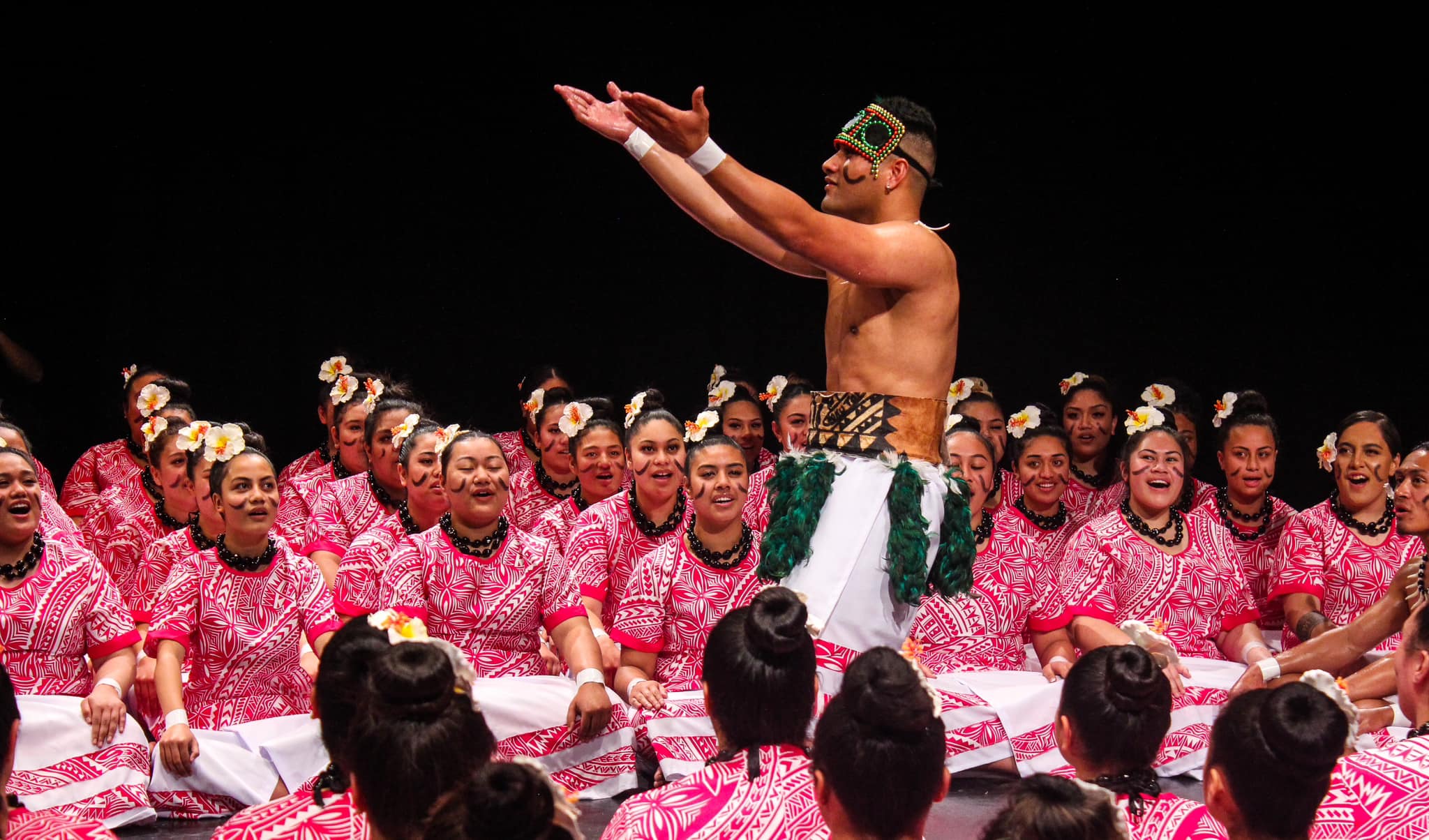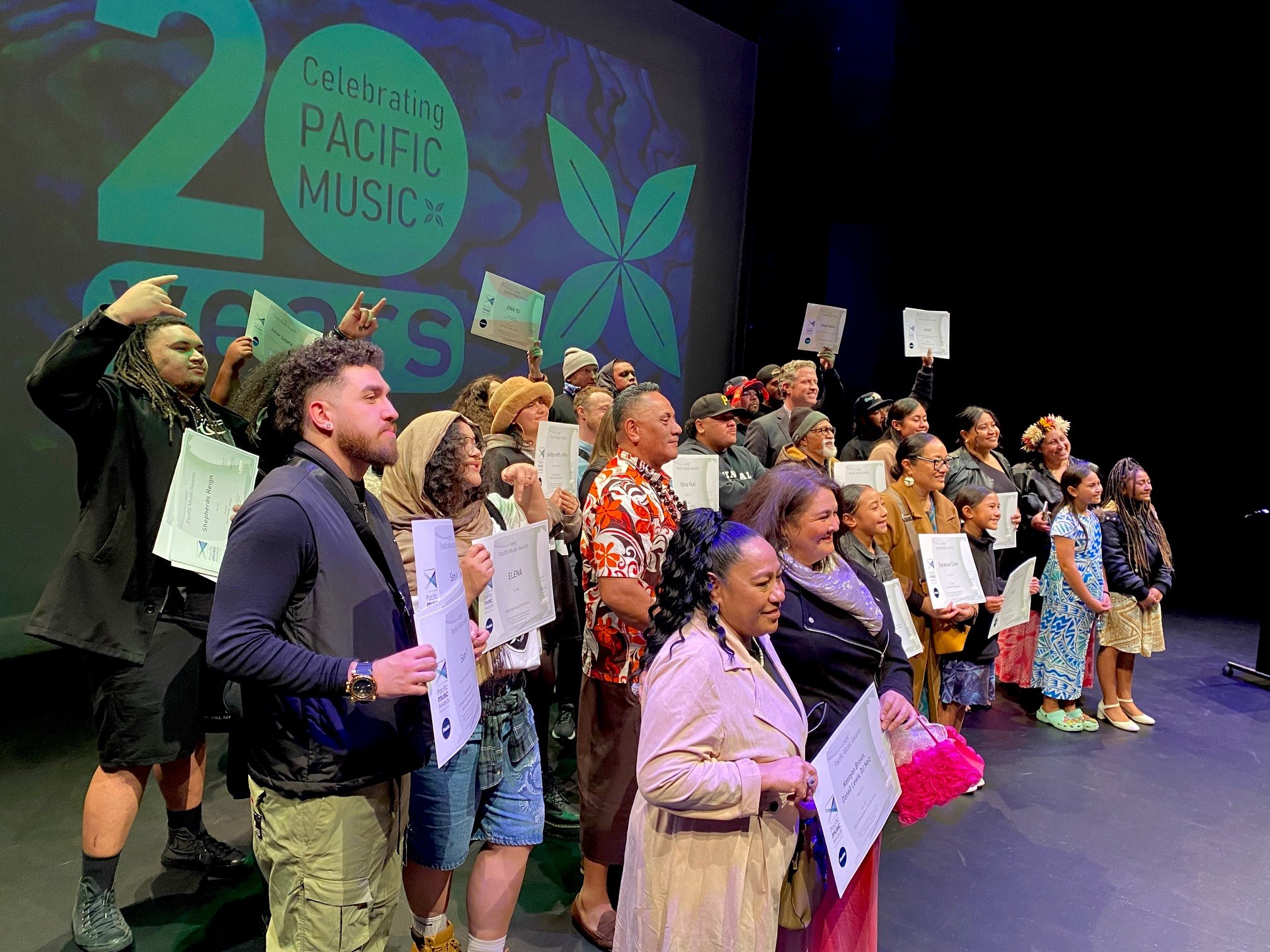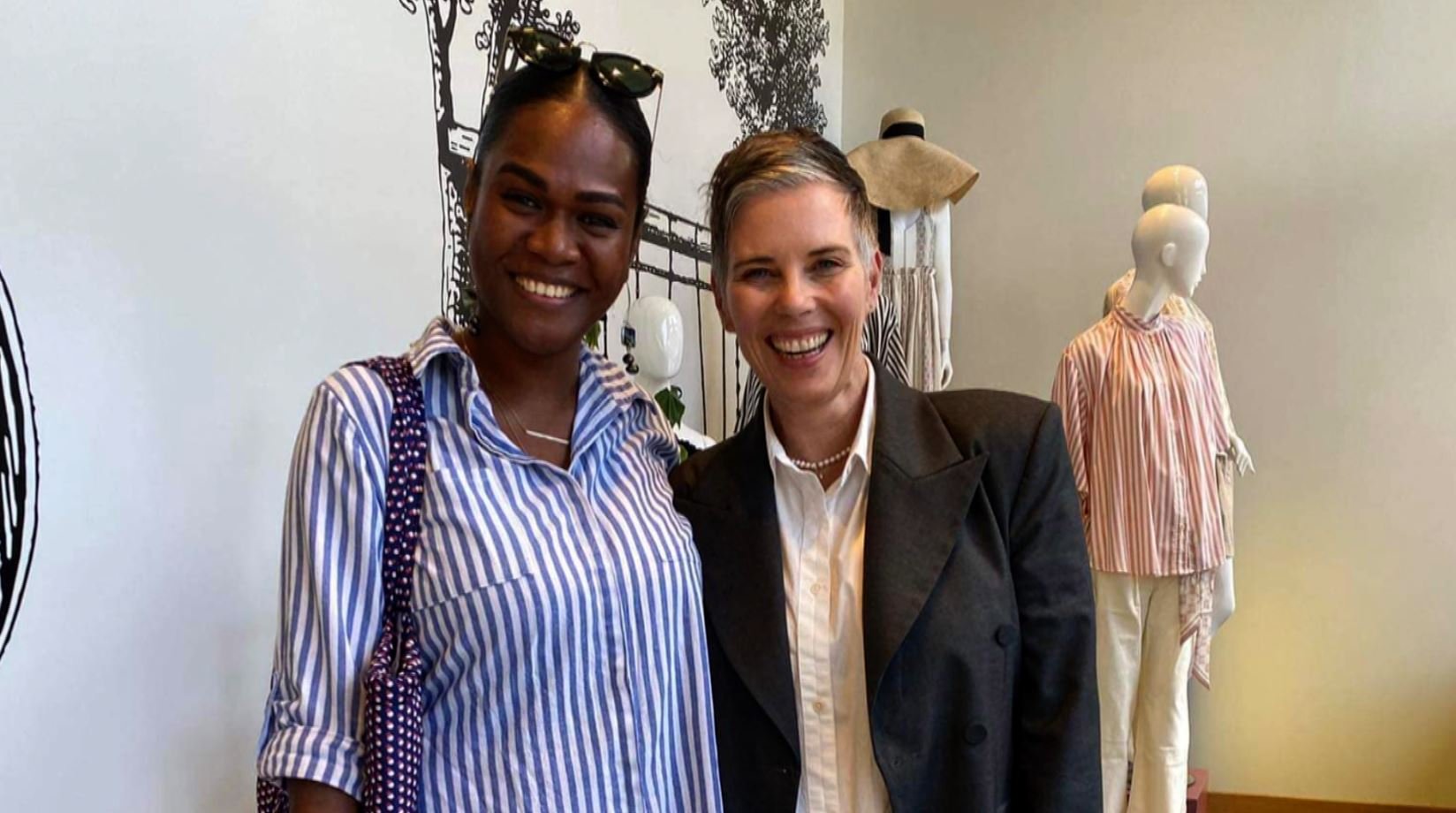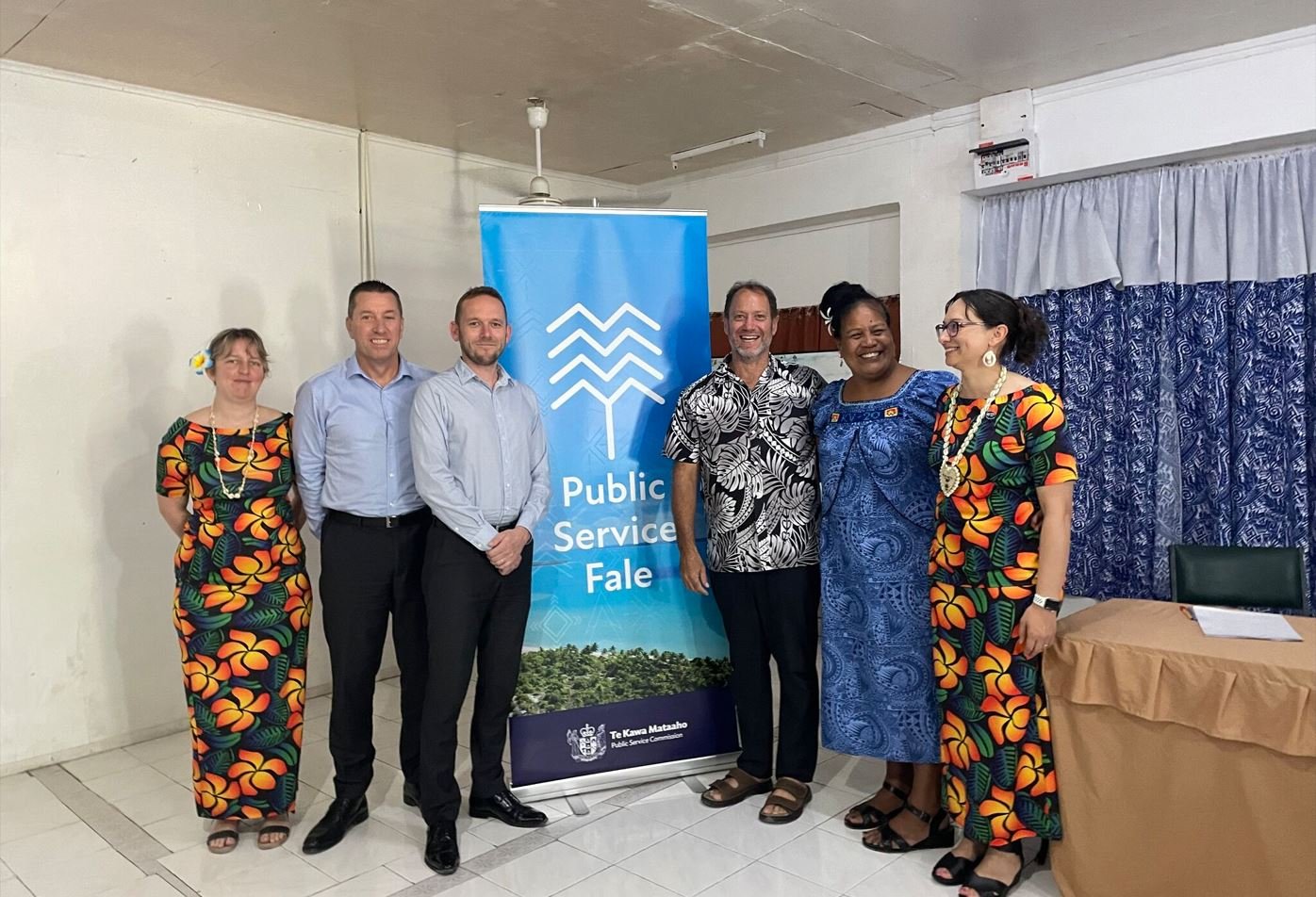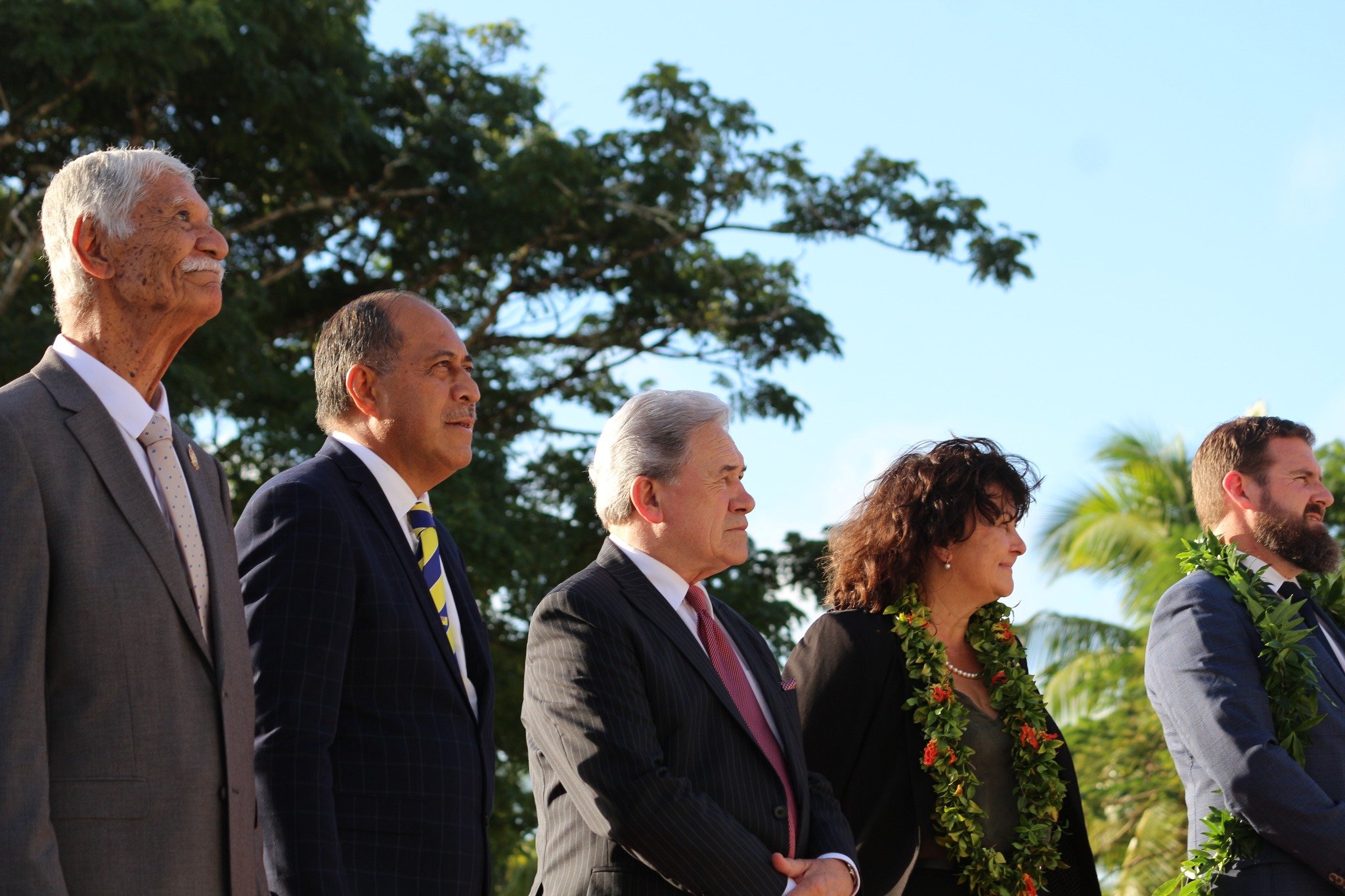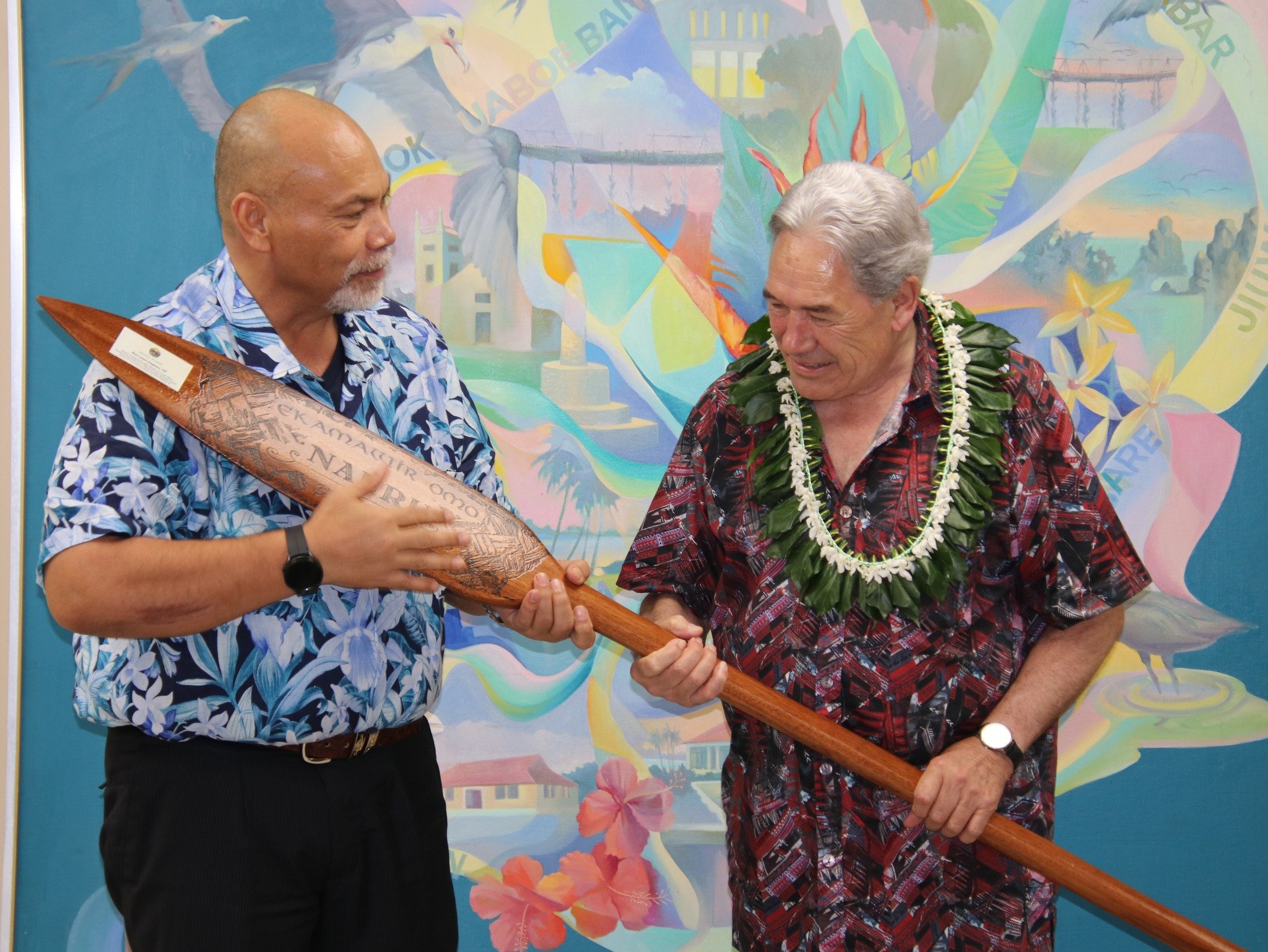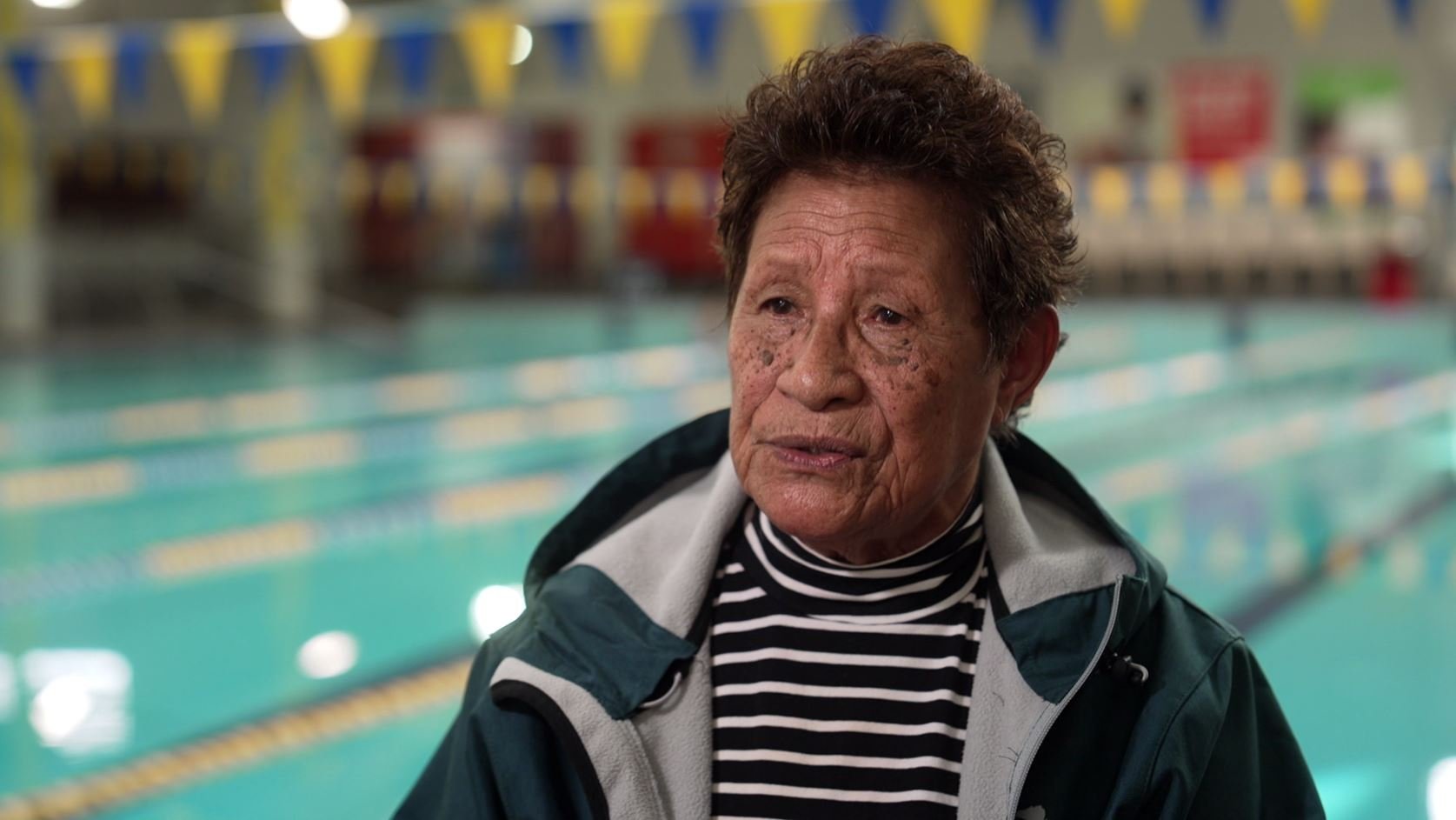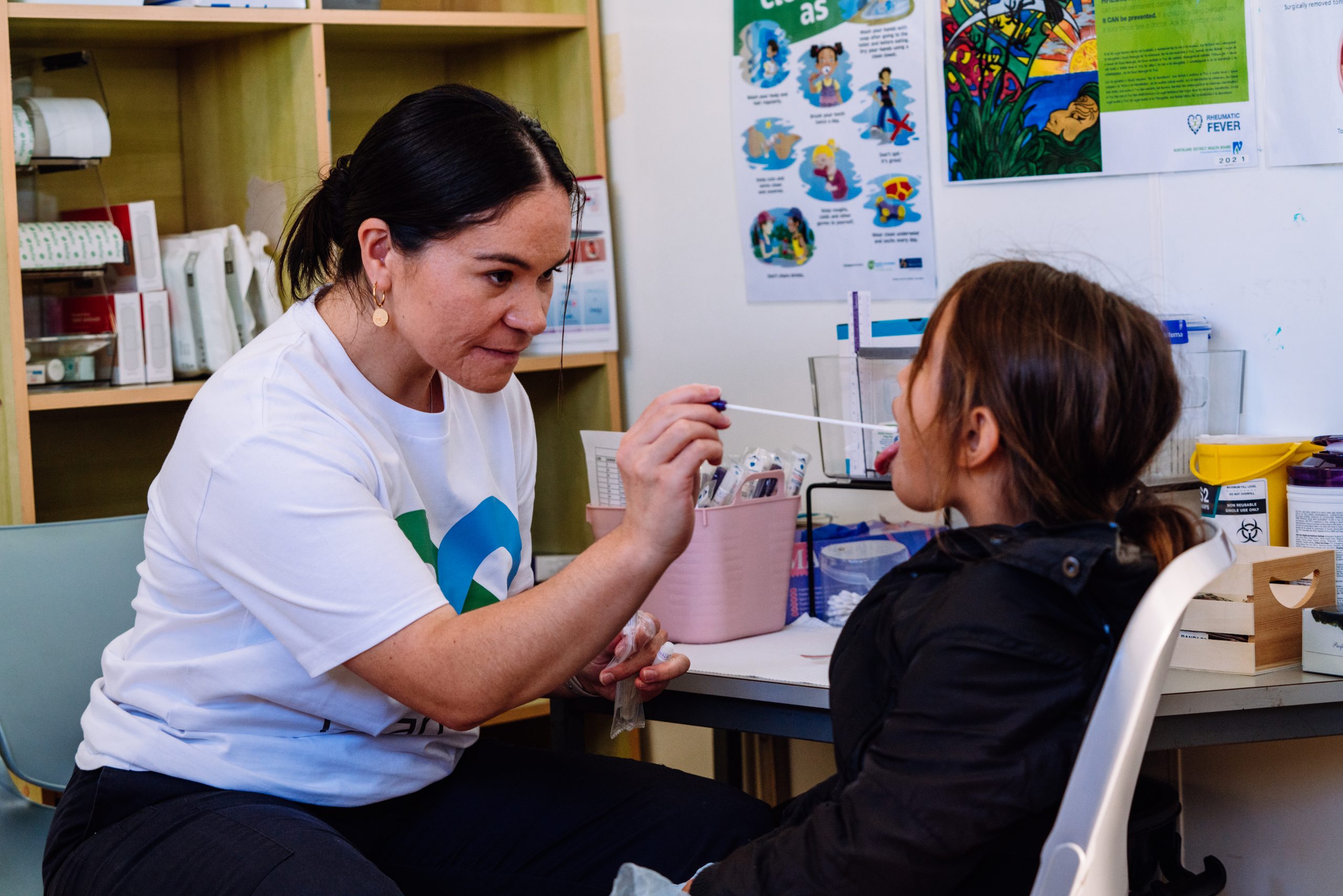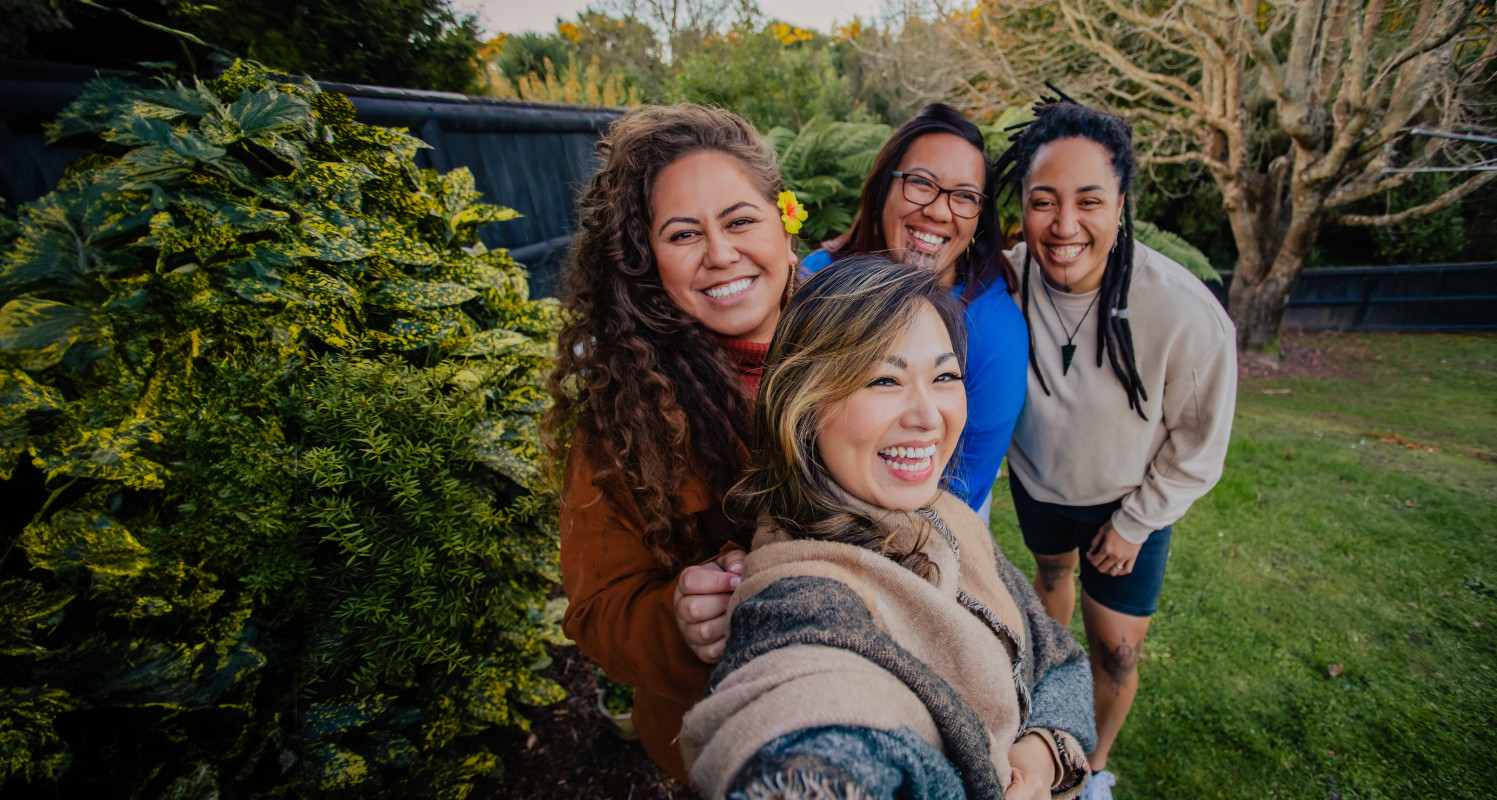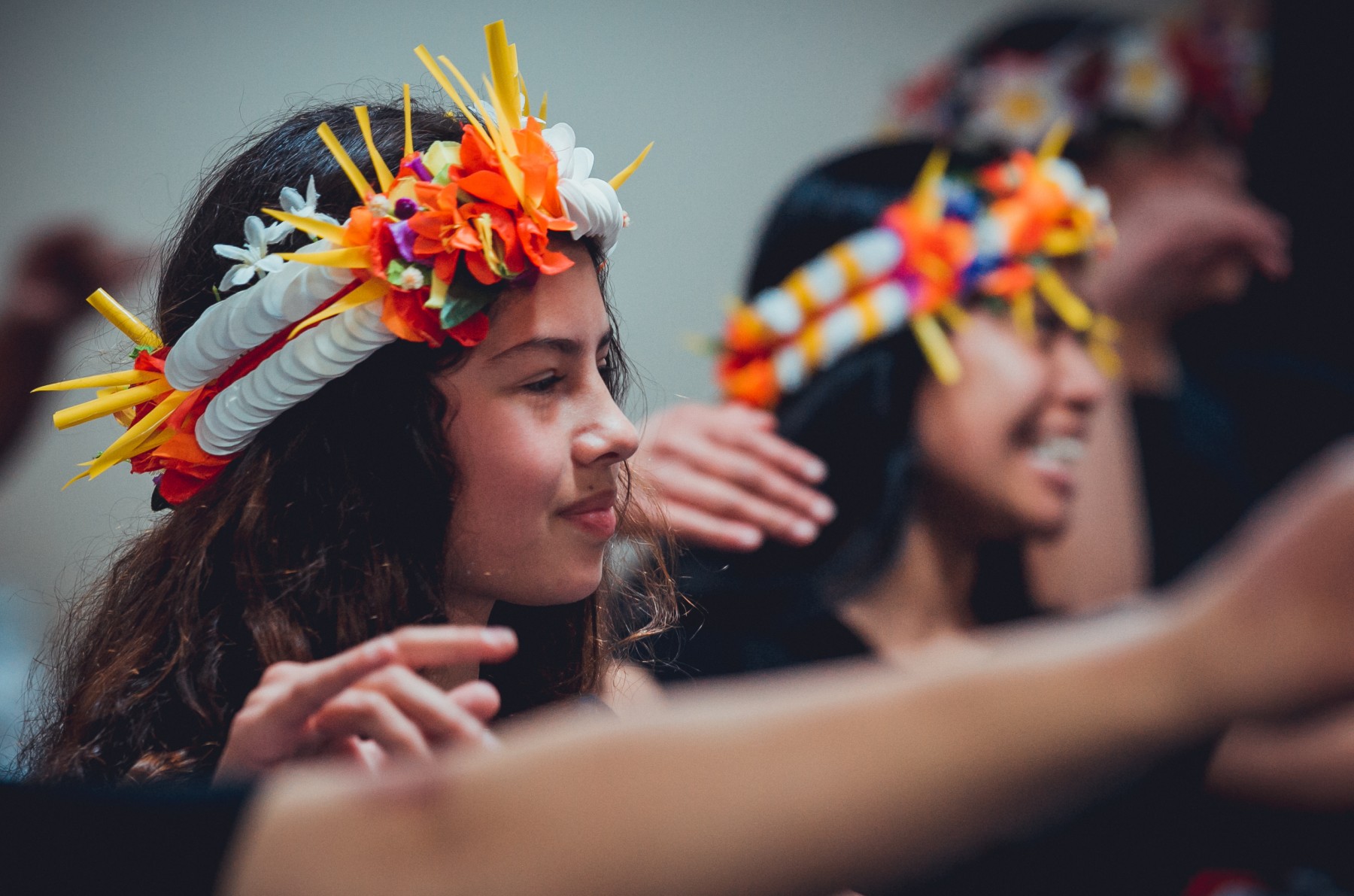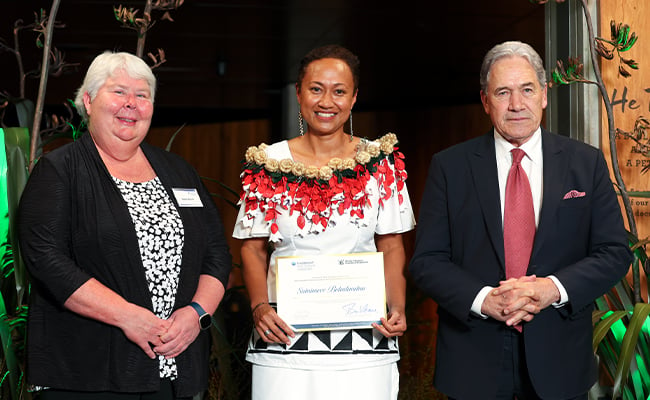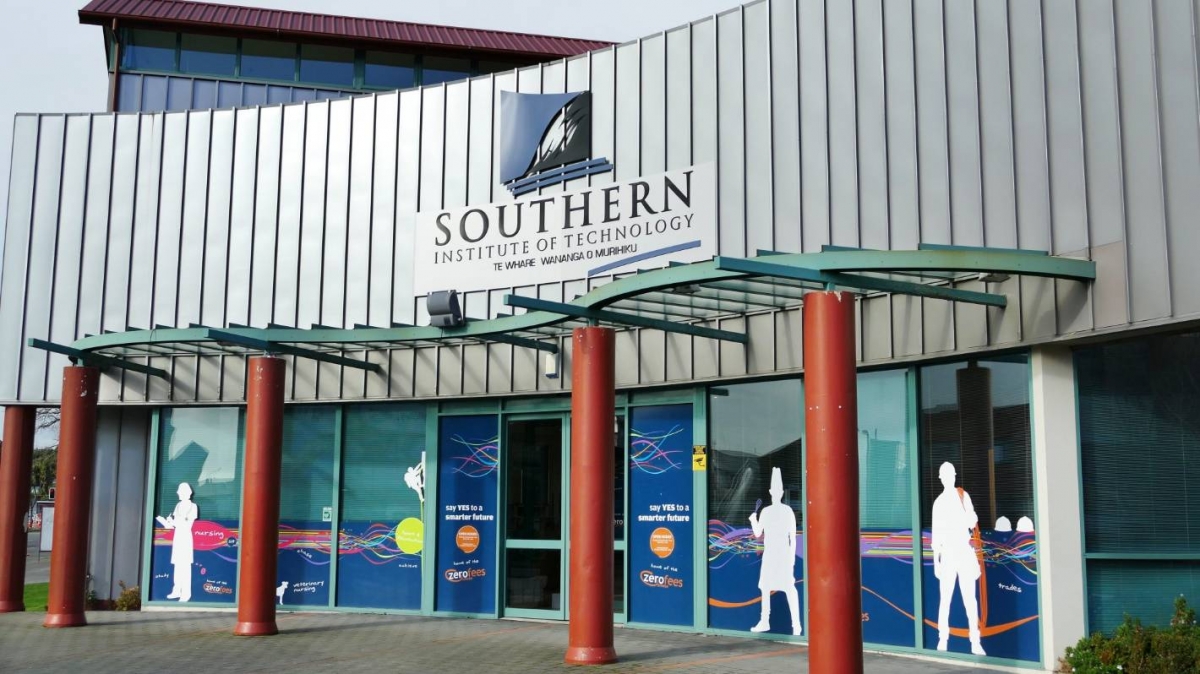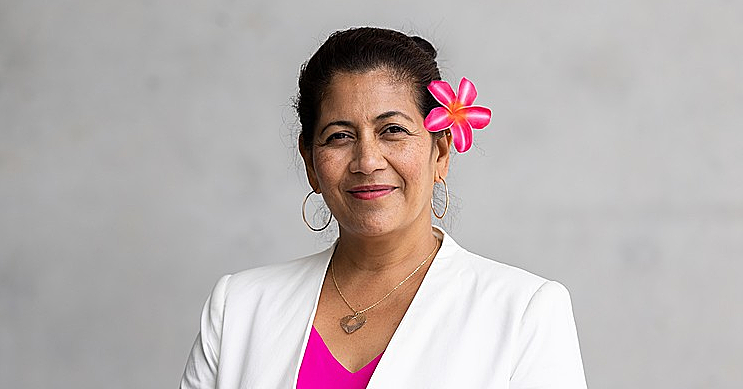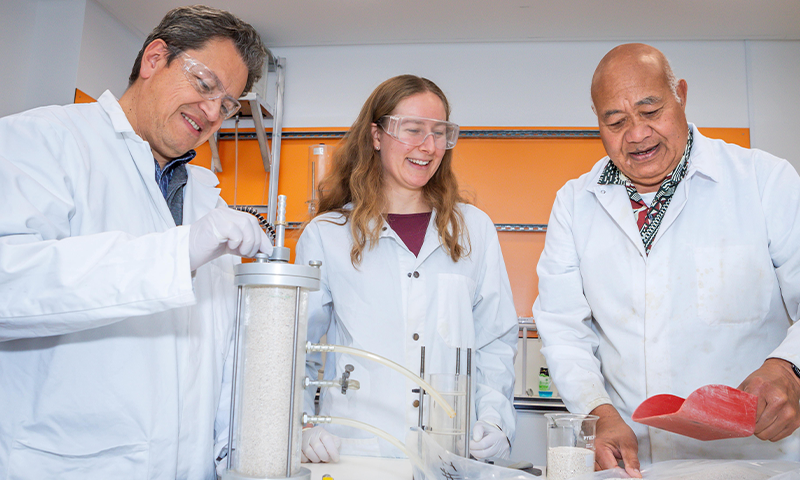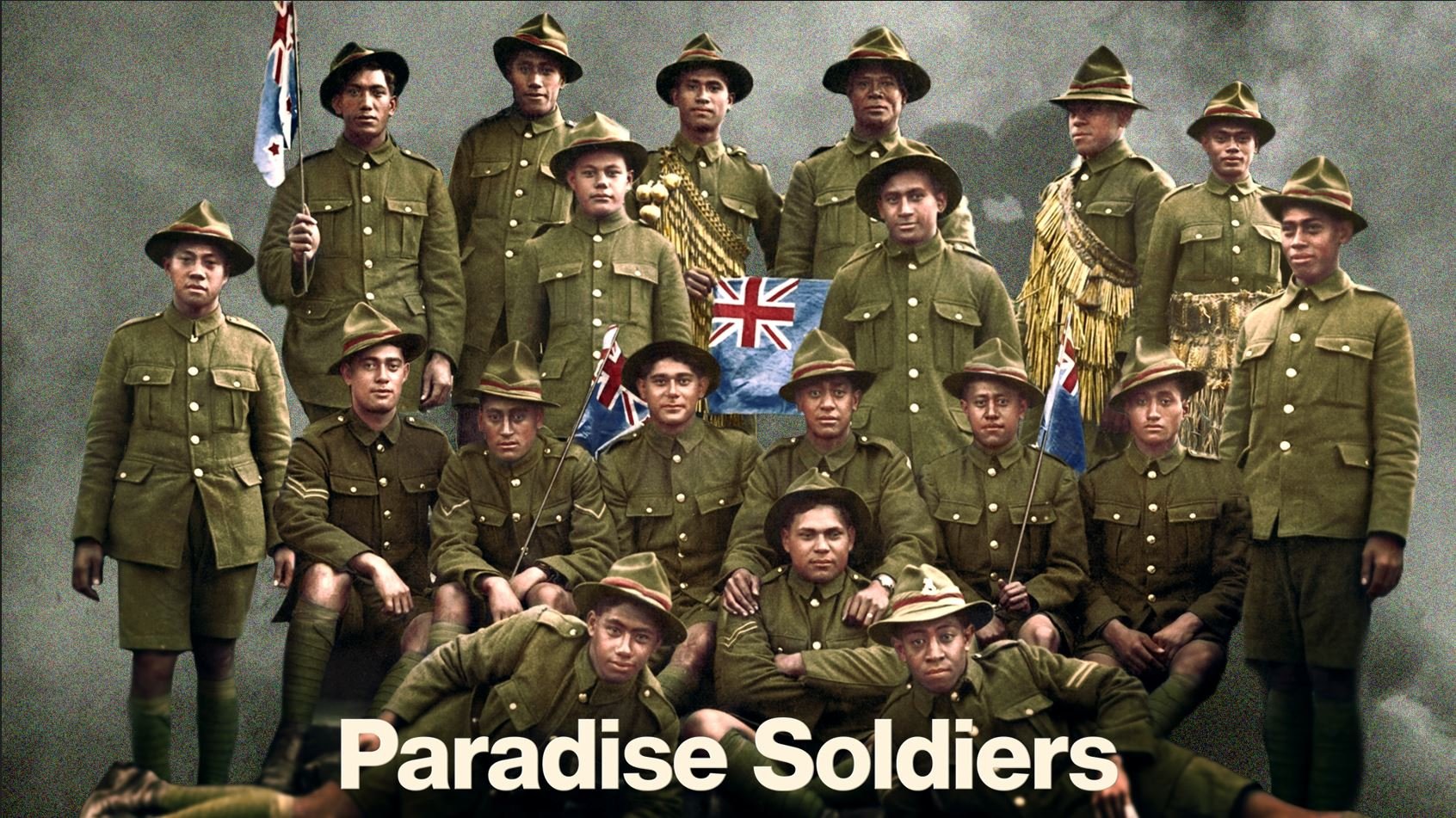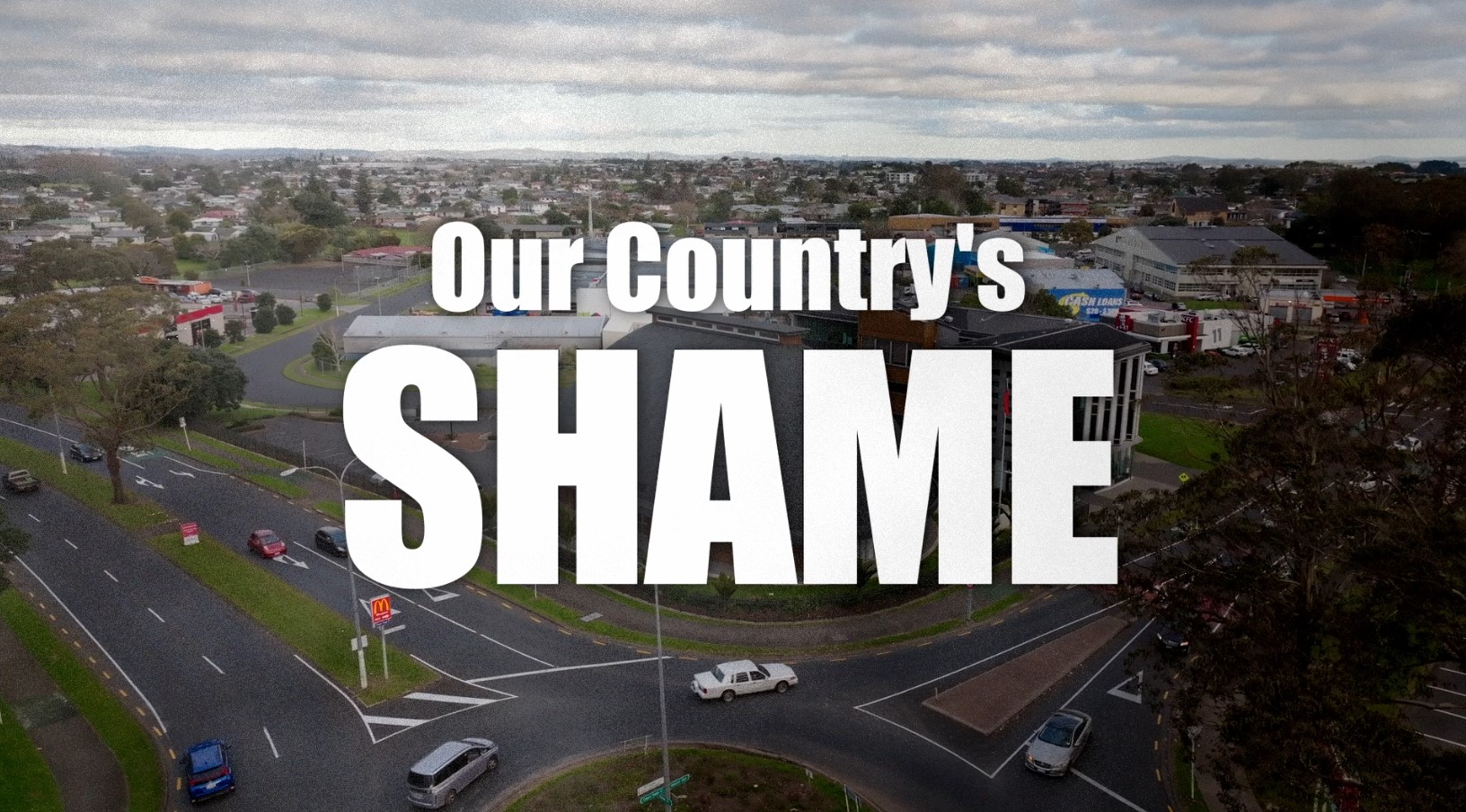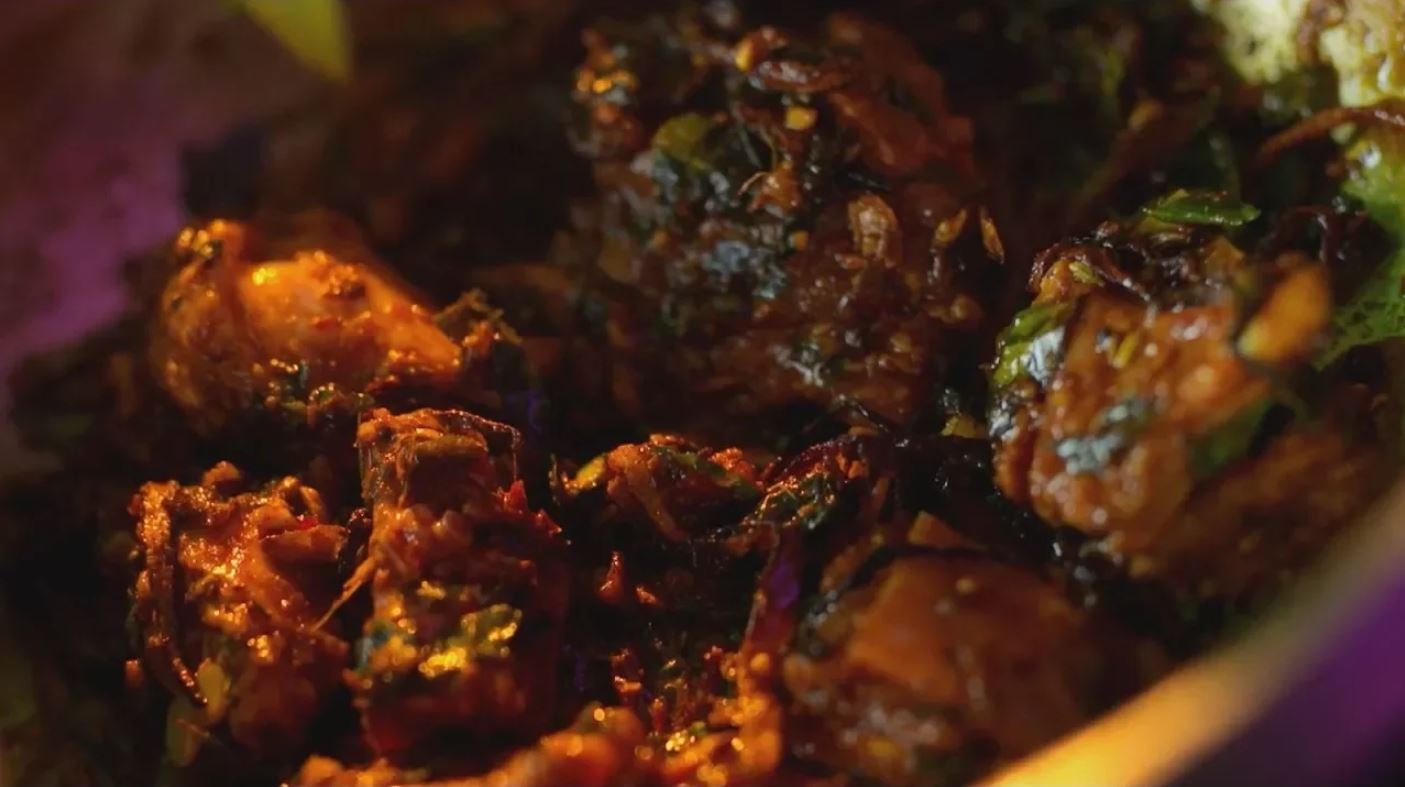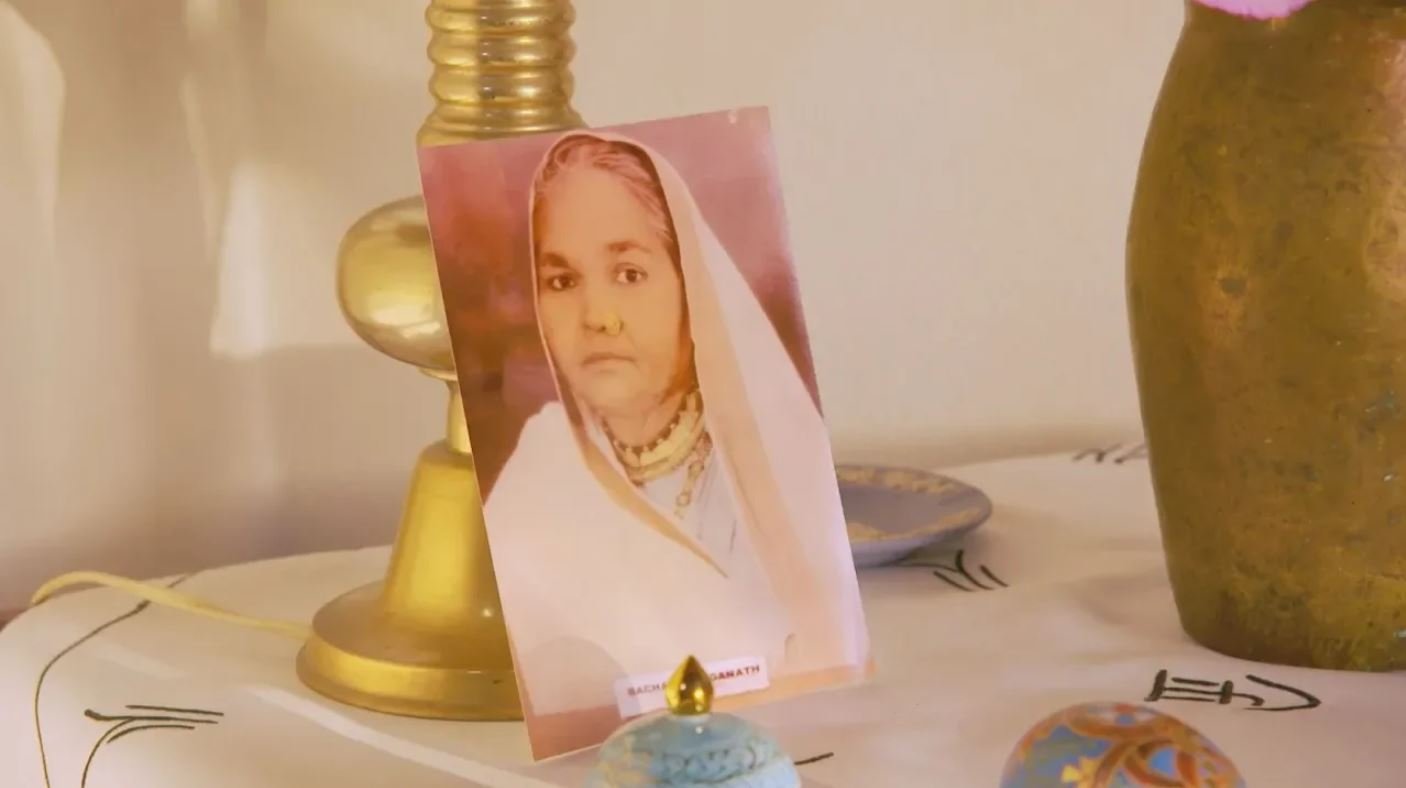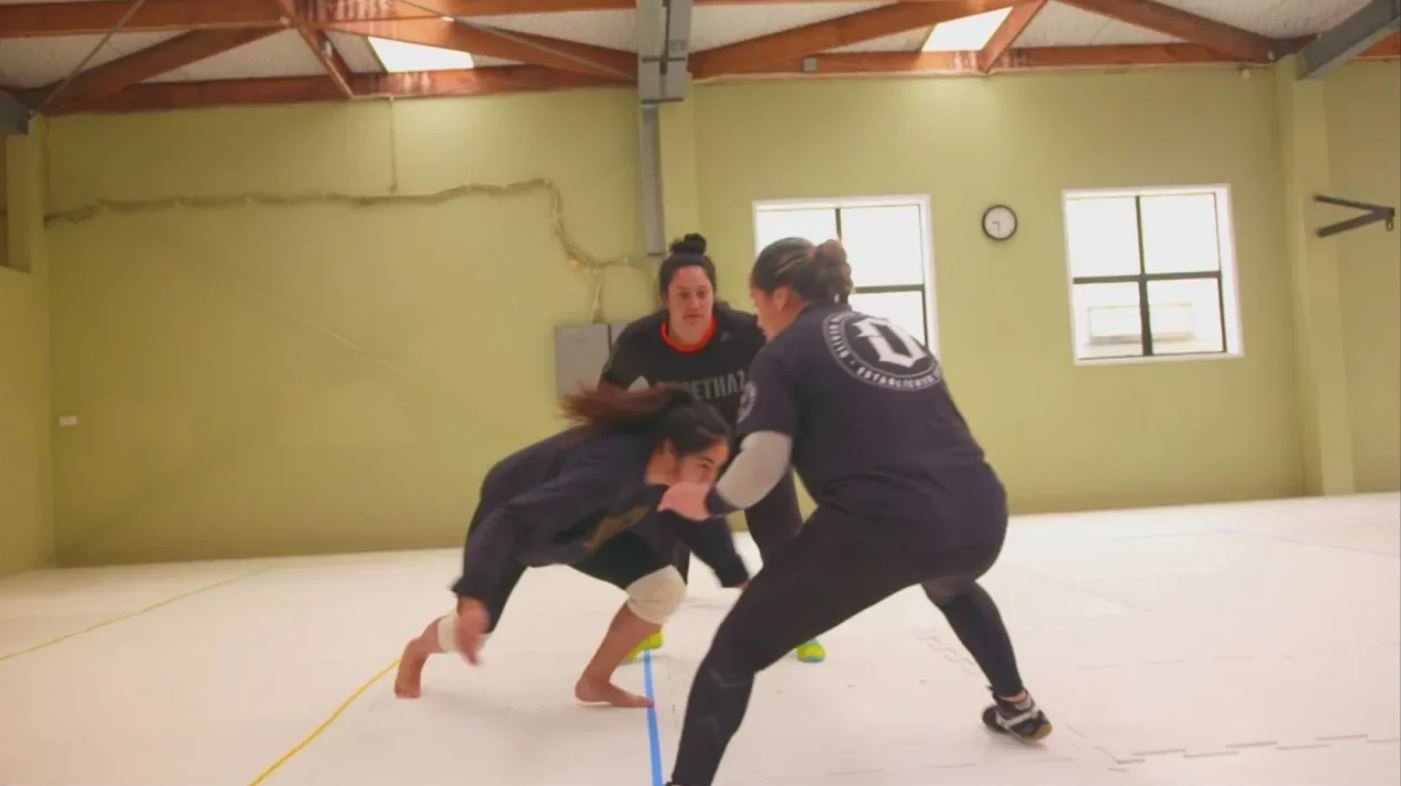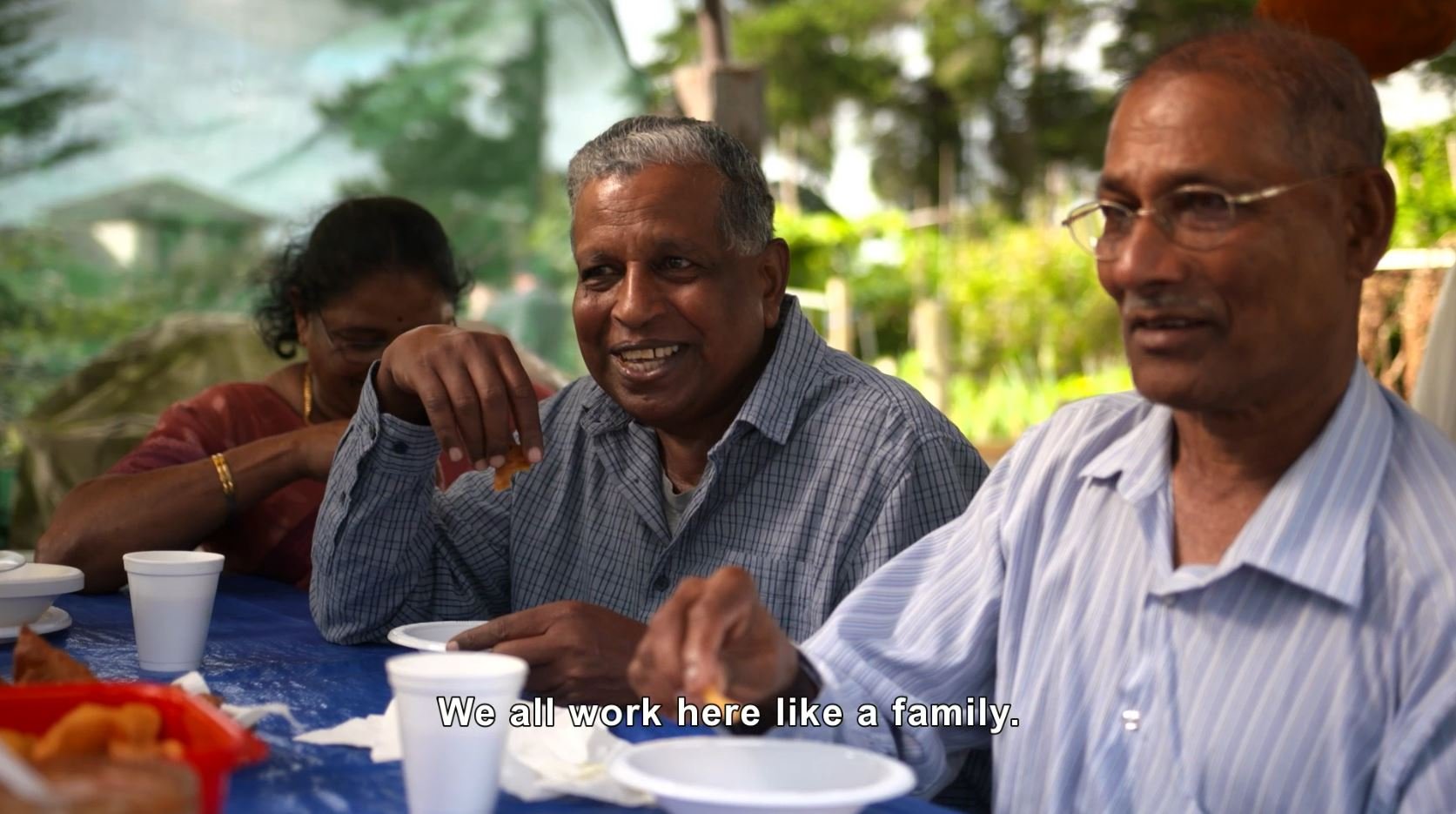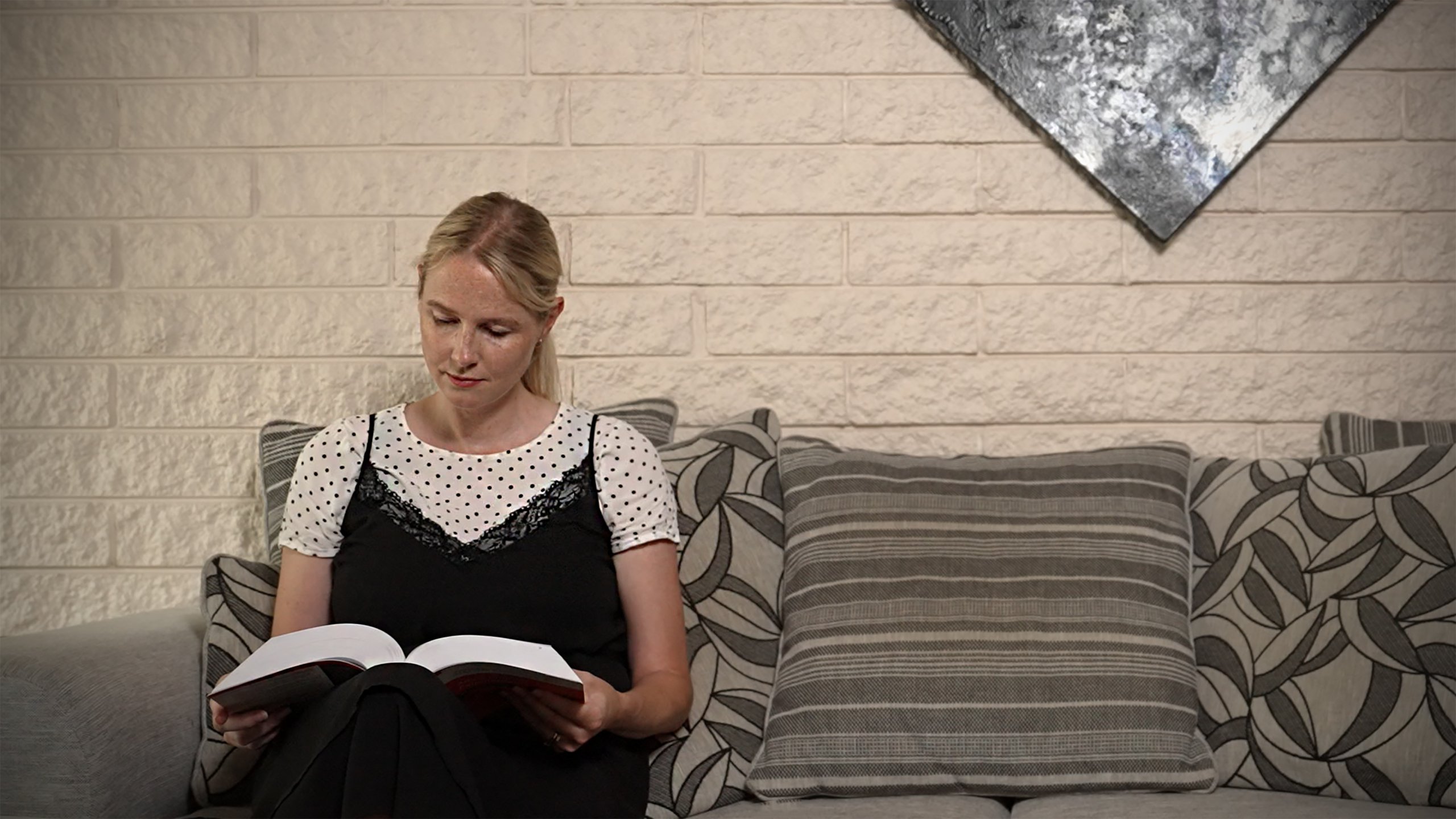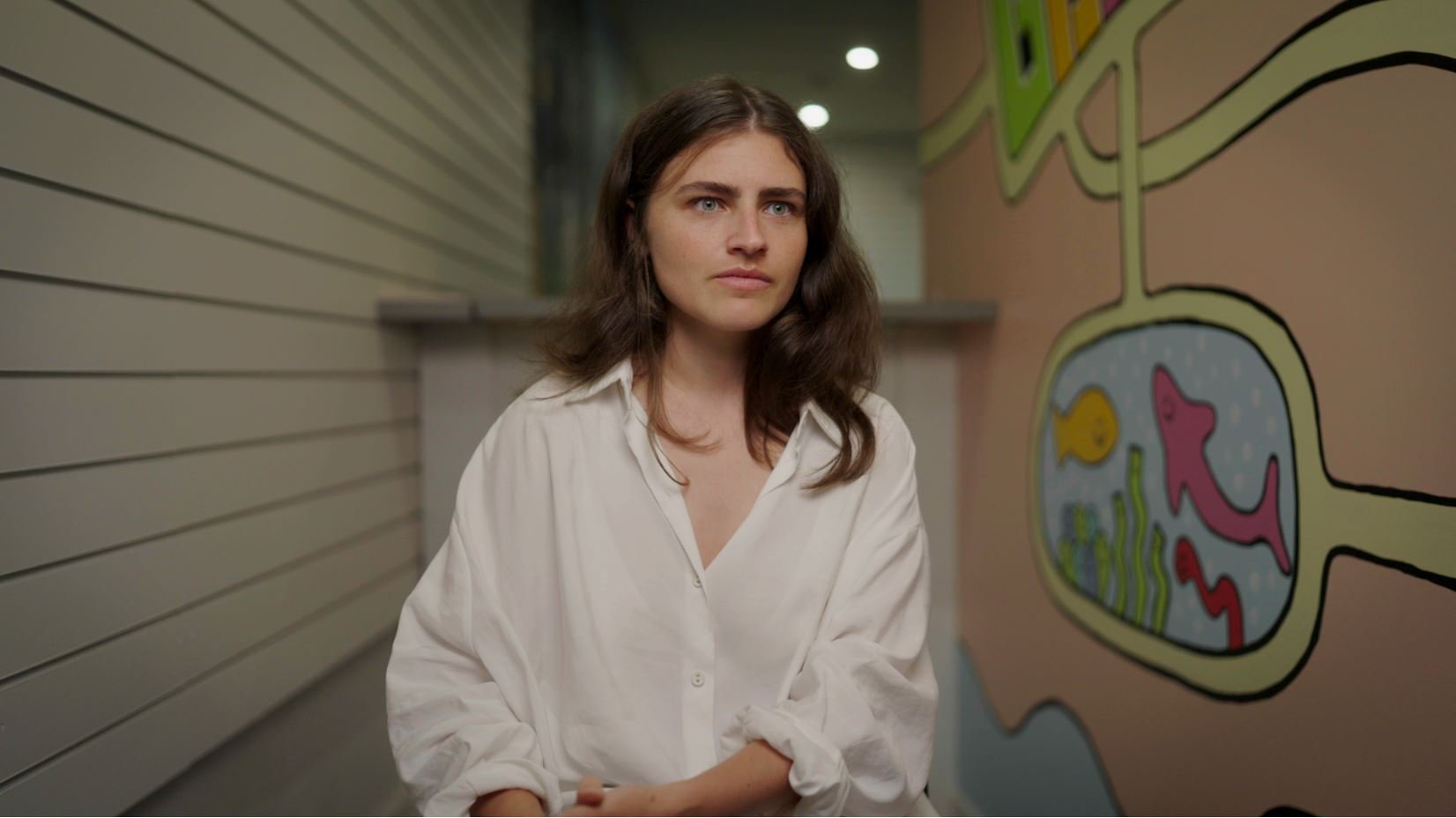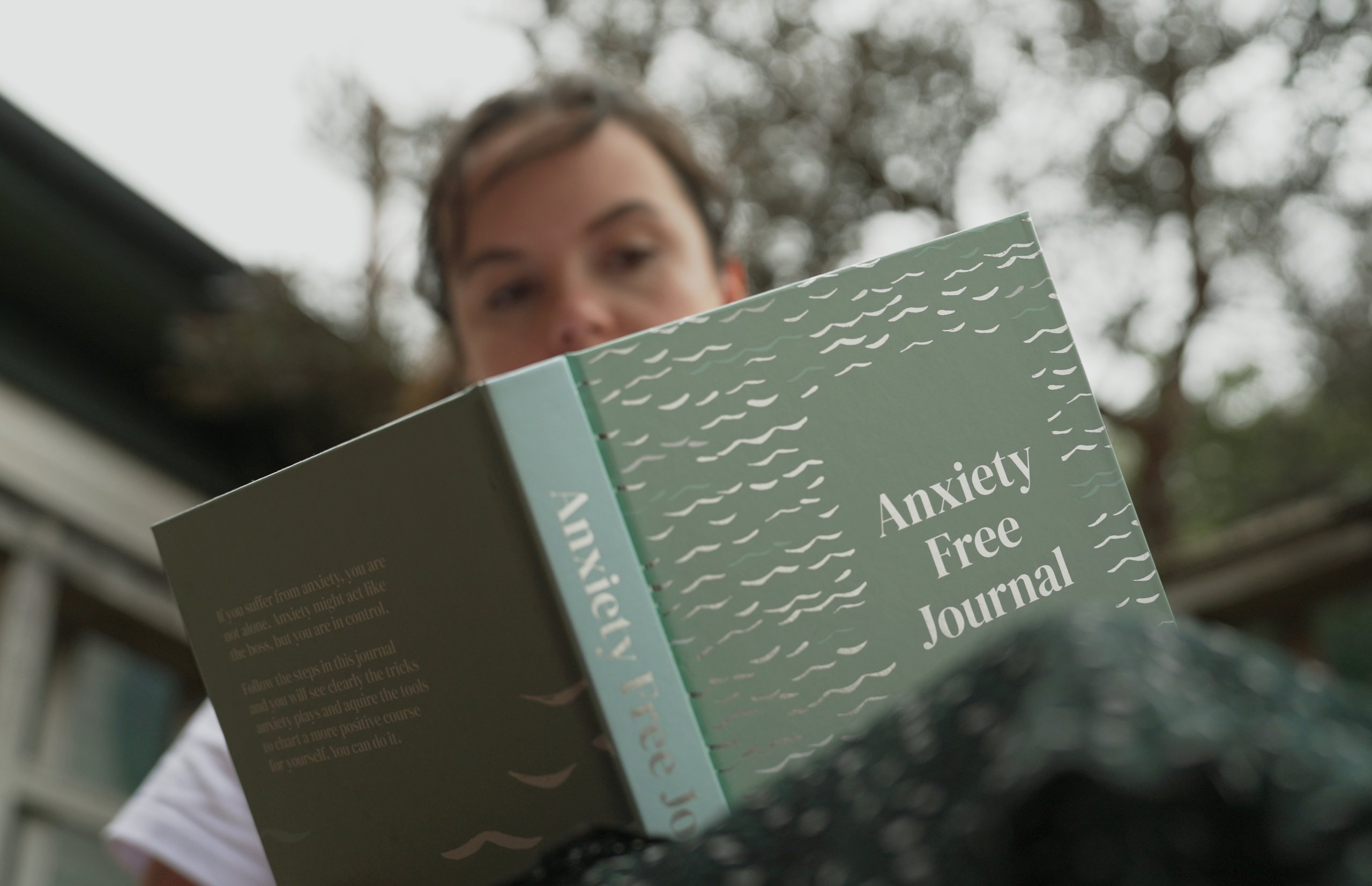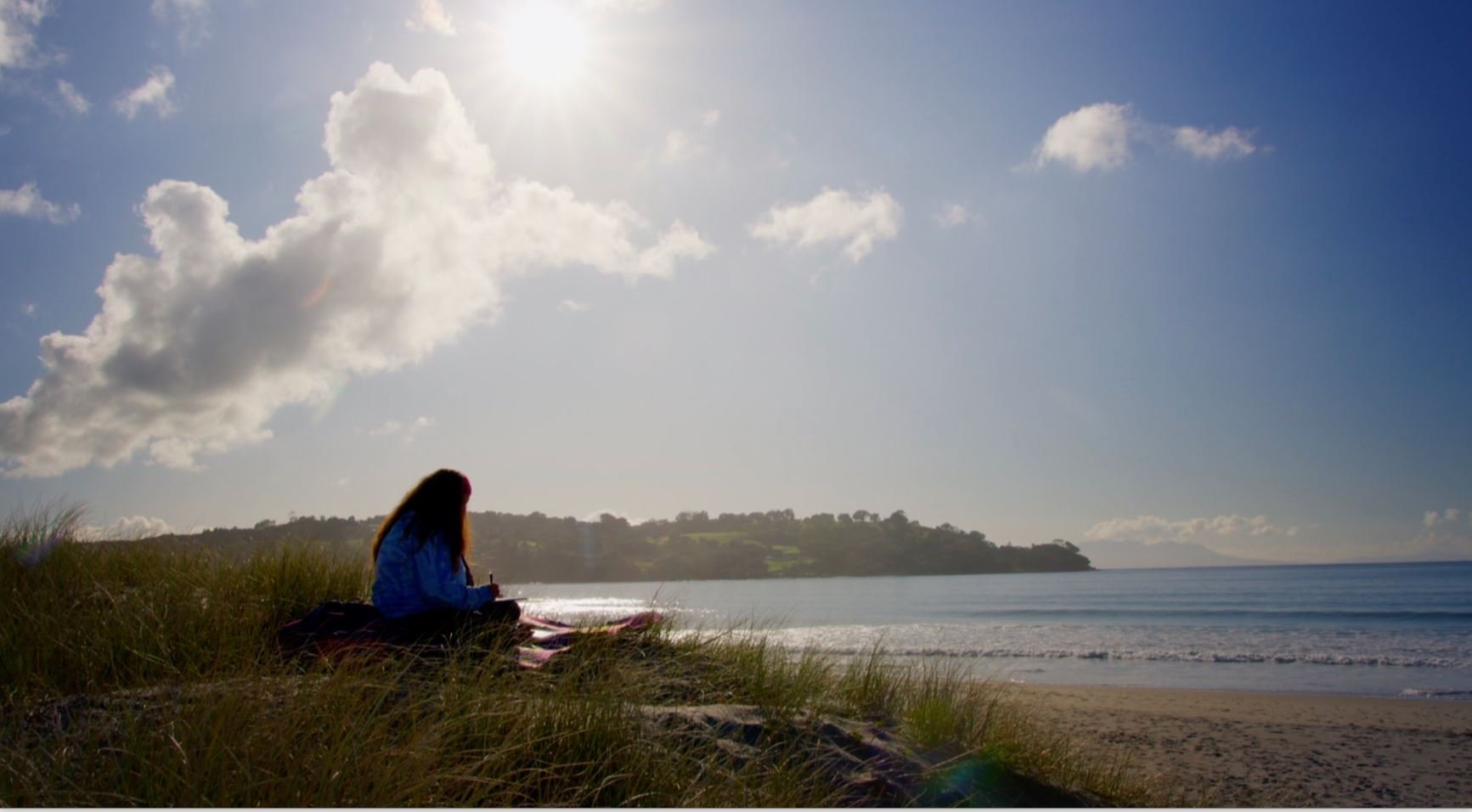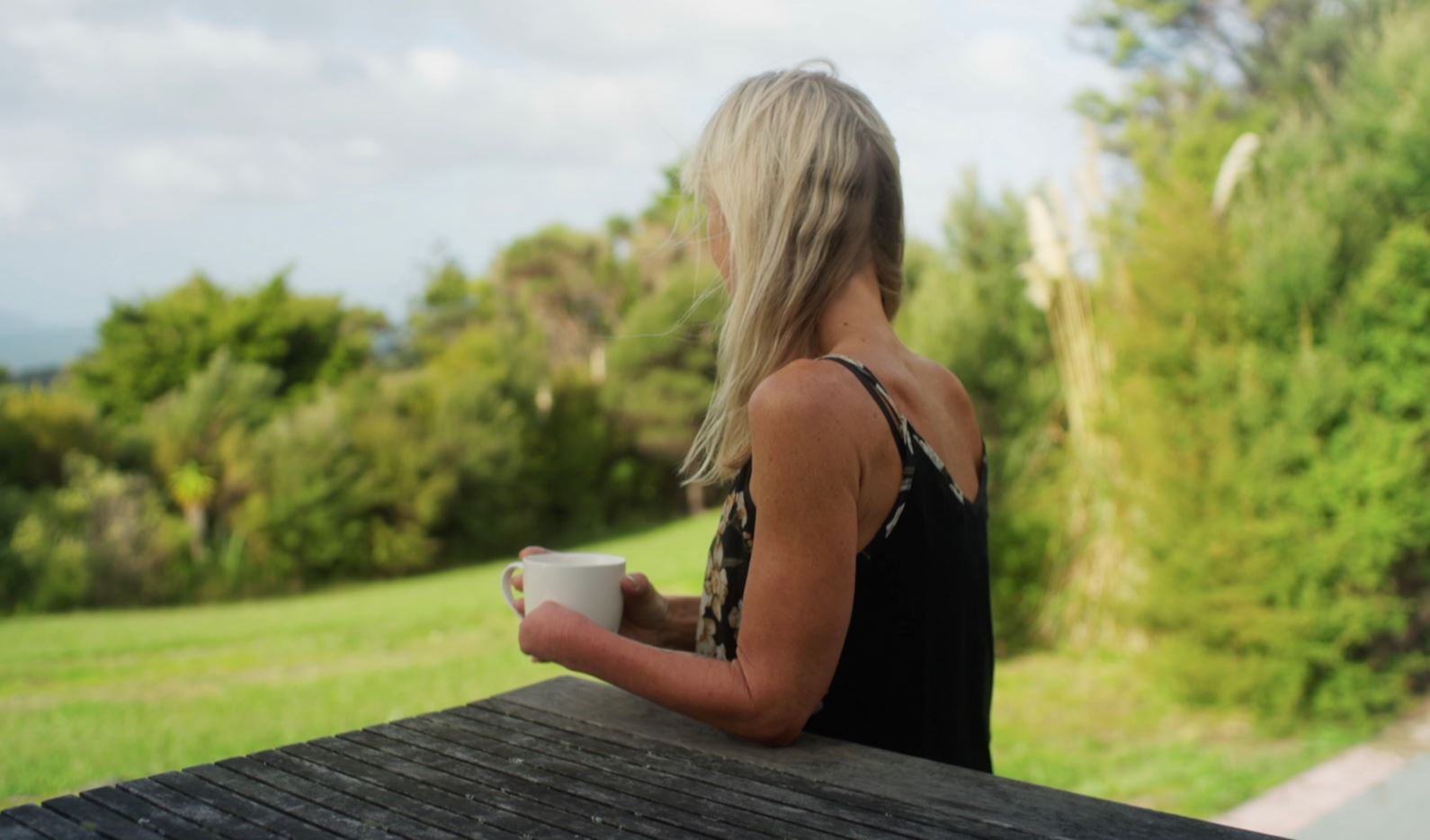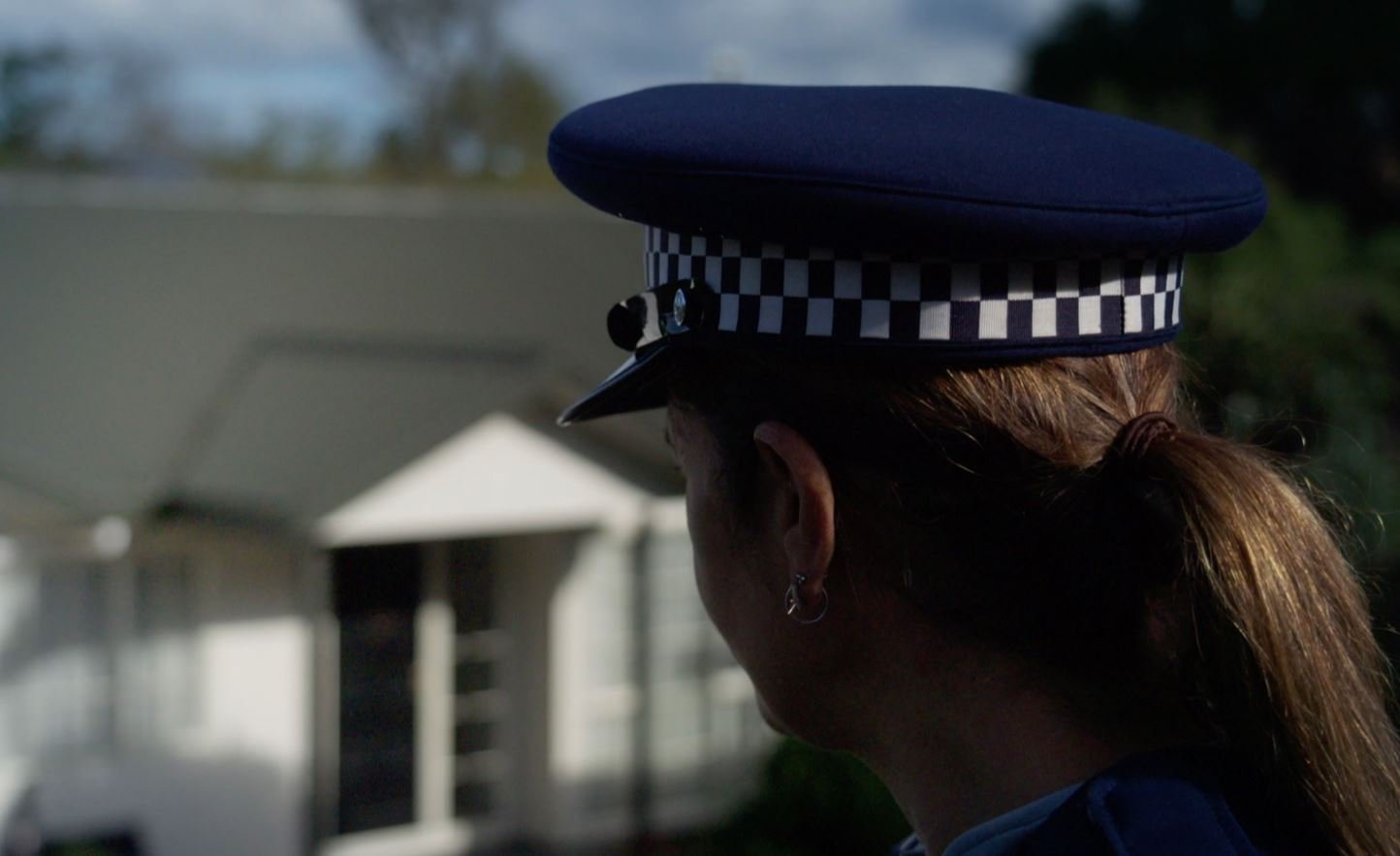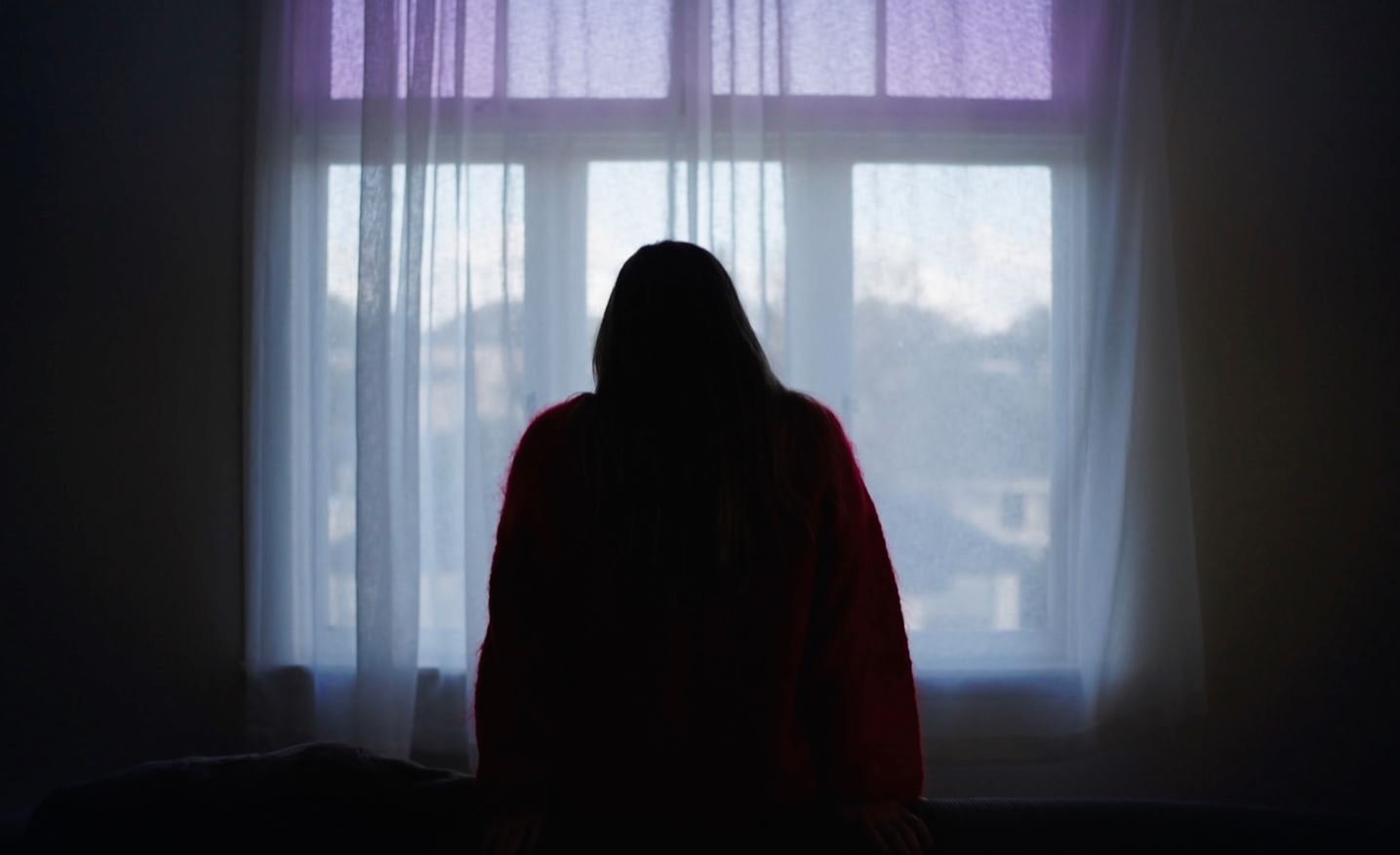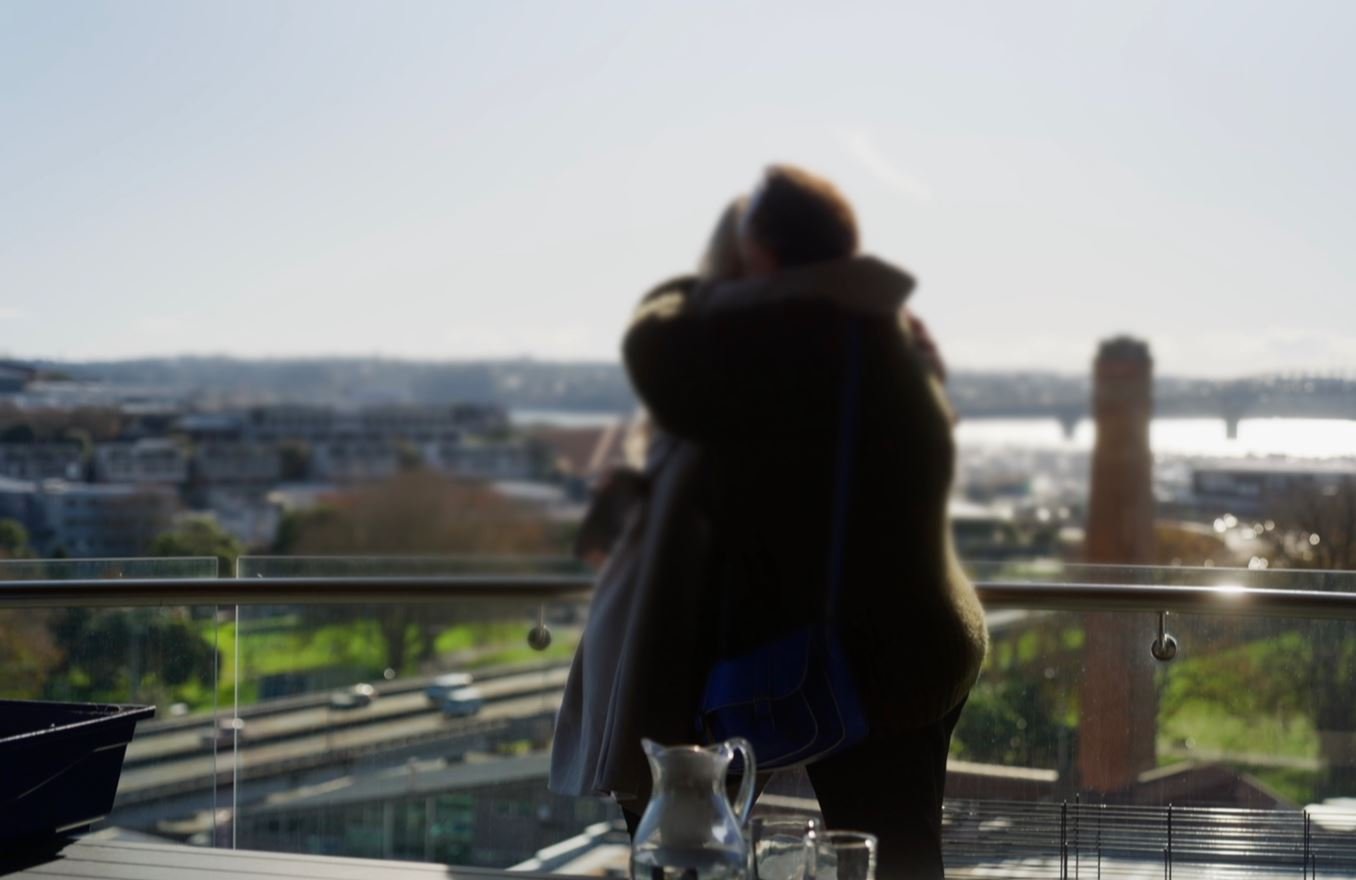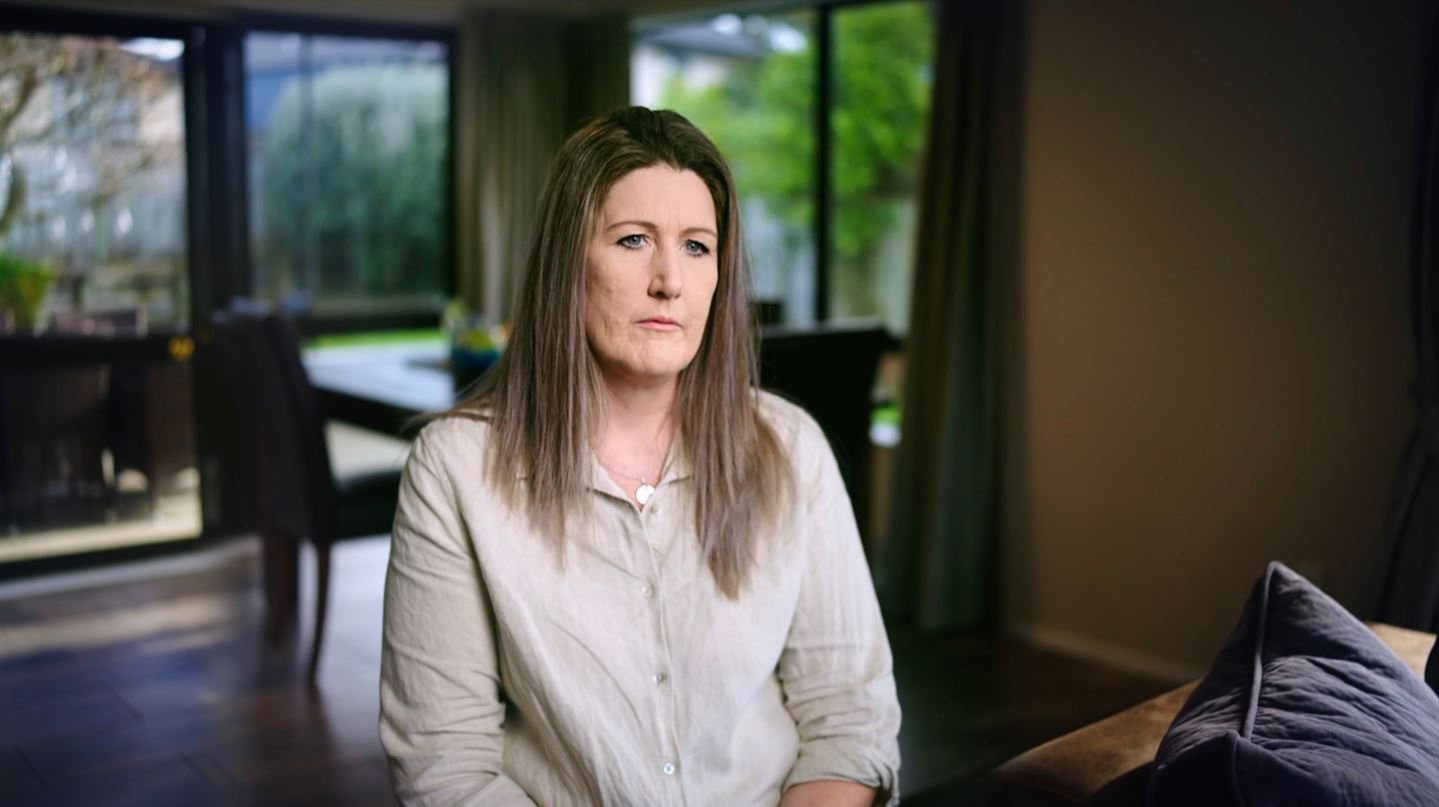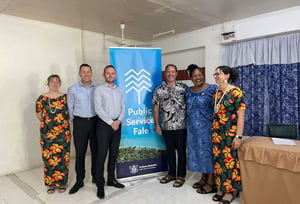Public Interest Journalism funded through NZ On Air
On the big island of Hawai’i in Hilo is the Imiloa Astronomy Centre.
The futuristic building with its silver cone pointed roof glistening in the tropical sun is juxtaposed against the blossoming hibiscus in the surrounding gardens.
“Imiloa is about exactly what its name means, and that means exploration or always on the pursuit to explore and make new discoveries,” says Executive Director Ka’iu Kimura.
“It really was a big effort by many different people, practitioners, experts from our community that truly felt a desire to build a place that would tell the story of Hawai’i.”
Imiloa features exhibits and shows dealing with Hawaiian culture, history and astronomy and the overlap between the two.
“When we bring that together with scientific theory of, like the Big Bang or when the universe first began, it’s stunning to see how Hawaiian knowledge is way advanced, especially for its time, but even into this context,” Kimura says
“That is one thing I think that has been exciting on this journey is just science is sort of it catching up to old wisdom that many of our indigenous and native communities have known for generations.”
The centre also has a big focus on the “Kiki”, the children.
“We’re constantly busy putting on activities, camps, workshops, presentations, talk-stories, even holding difficult conversations here that challenge our community and bring about different issues and surface different issues in our community.
“We have our amazing staff here that create these interactive Hawai’i-based science programs. But we also bring in experts from the field, Hawai’i Island has so many amazing natural environments that we are fortunate to be a part of. We are very fortunate that people who are experts in those different fields like to come and work with us,” Kimura says.
On display in the centre are meteorites, volcanic rocks and ocean-going canoes, just to name a few. Many of the Kiki come to interact with the programmes and also to stargaze.
“We have a state-of-the-art planetarium that projects the night sky from anywhere in the world any time of year and we tell a lot of great stories there from Hawaii,” Kimura says.
“We also can take you off of Earth and explore outer space and the universe through the power of the planetarium.”
While Māori in Aotearoa celebrate Matariki in July, Hawaiians celebrate their ‘Makali’i’ at the end of October.
Kimura says Makali’i was also the name of a Hawaiian chief whose deeds are told in various stories. In one, Makali’i was not such a gracious chief who actually took all of the food from the land and put it in a net in the sky, and that became the constellation Makali’i. In other accounts, he’s a strong leader who helped to bring canoes to Hawai’i.
The centre opened to the public in 2006 and is part of the University of Hawai’i in Hilo. While it contributes to a greater awareness of Hawaiian culture and science, it has not been without it’s critics.
“Modern science has is that it, it trains you to leave your identity and your culture at the door. In order to be a scientist, you have to be extremely objective,” says Kimura.
“But at the end of the day, to lose your identity doesn’t help anybody. We lived, we adated, we sustained ourselves, which is the ultimate demonstration of our ability to be scientists in our own definition of that.”
